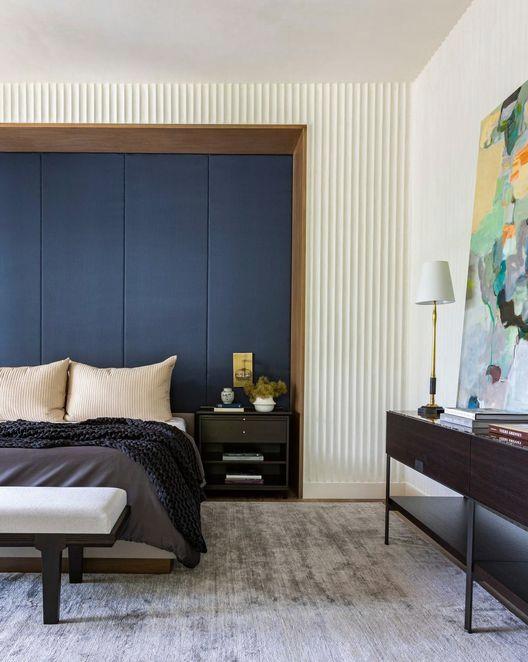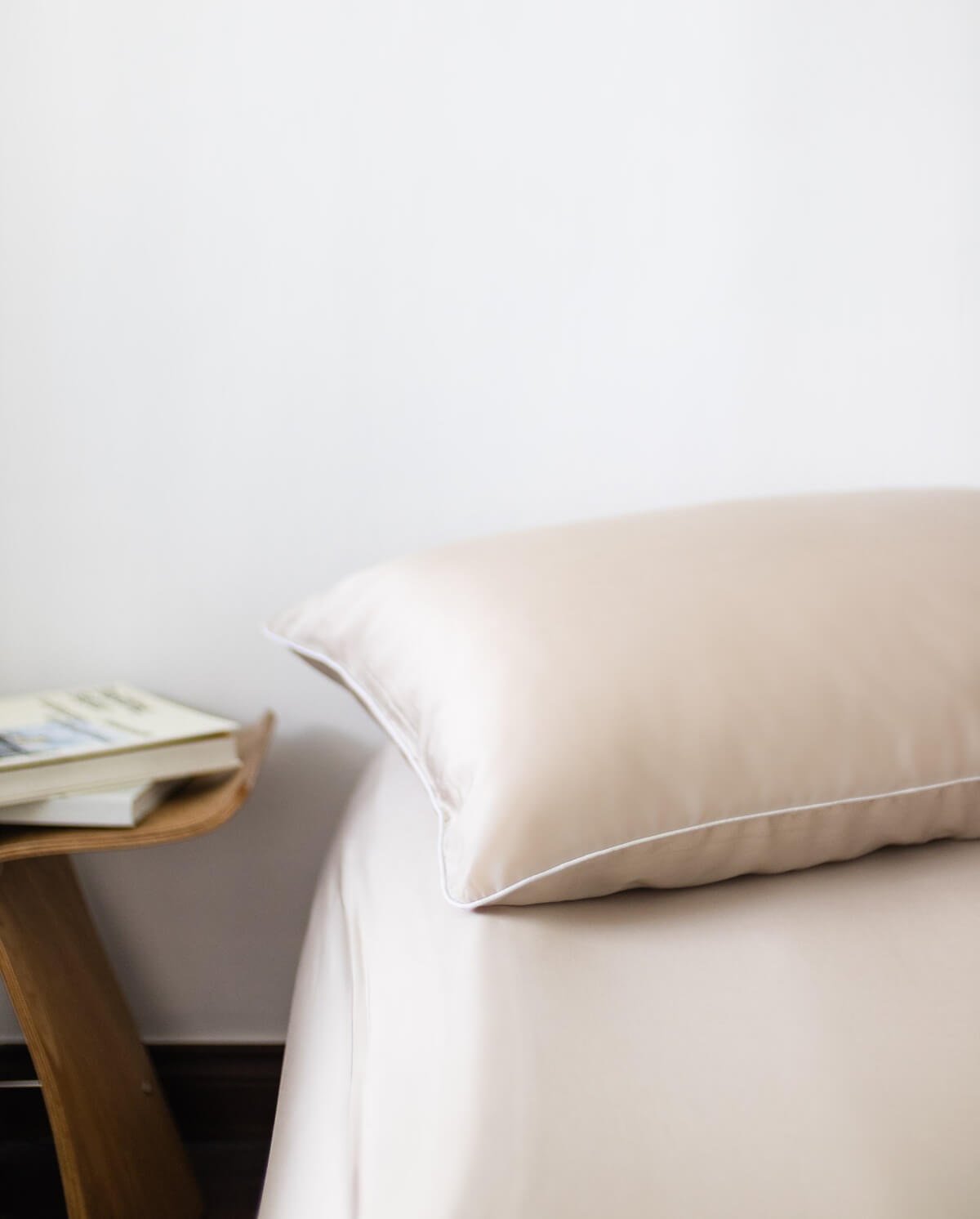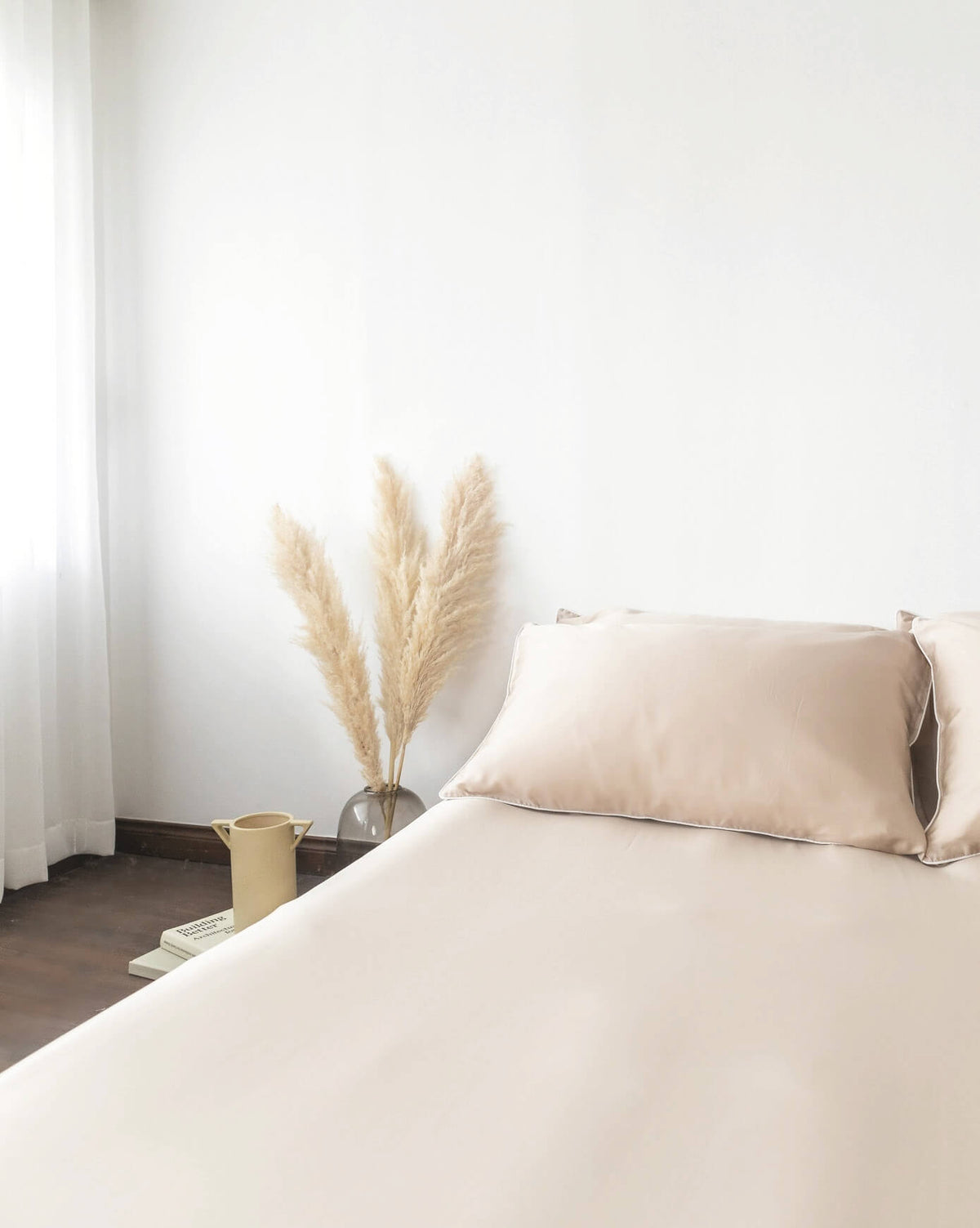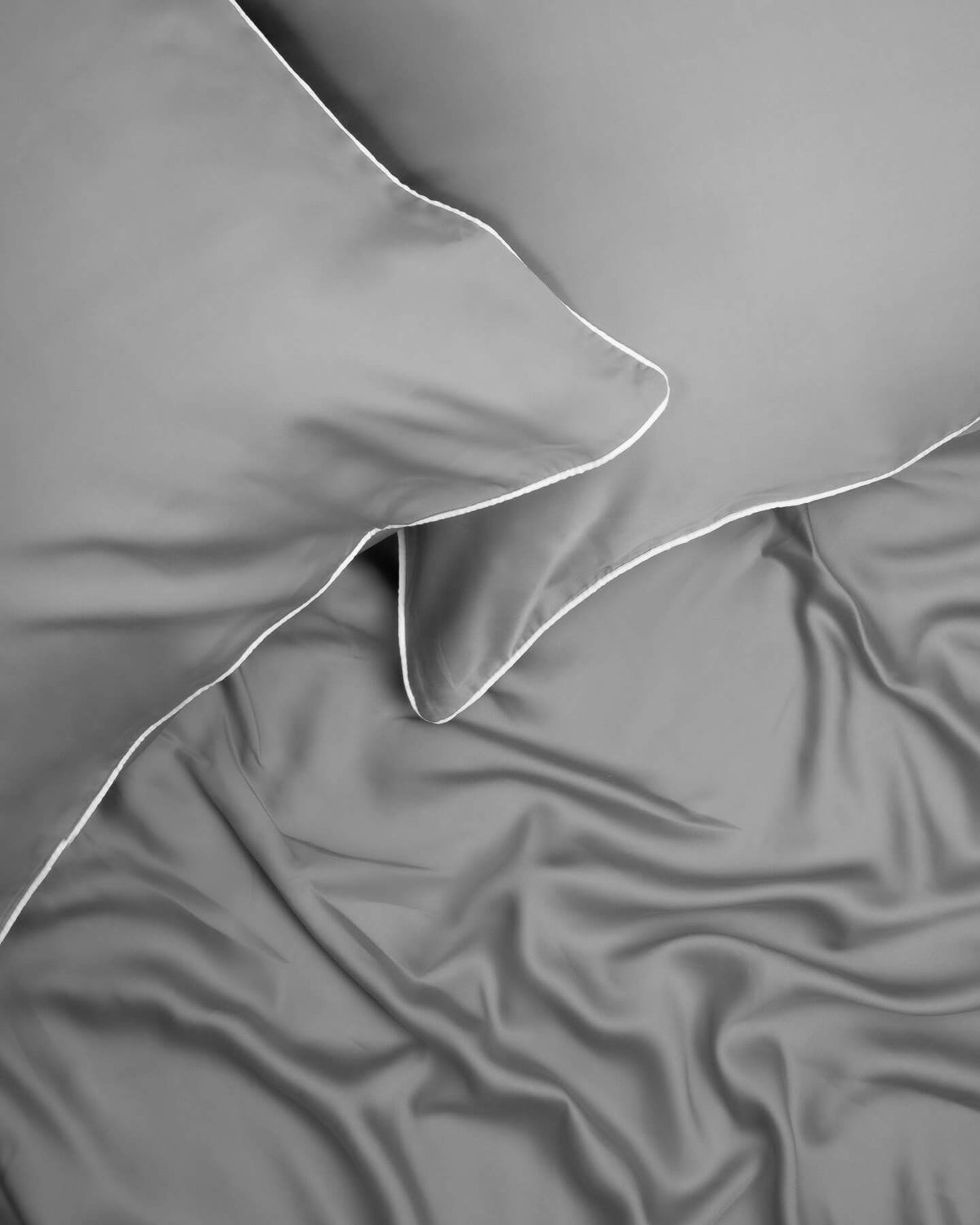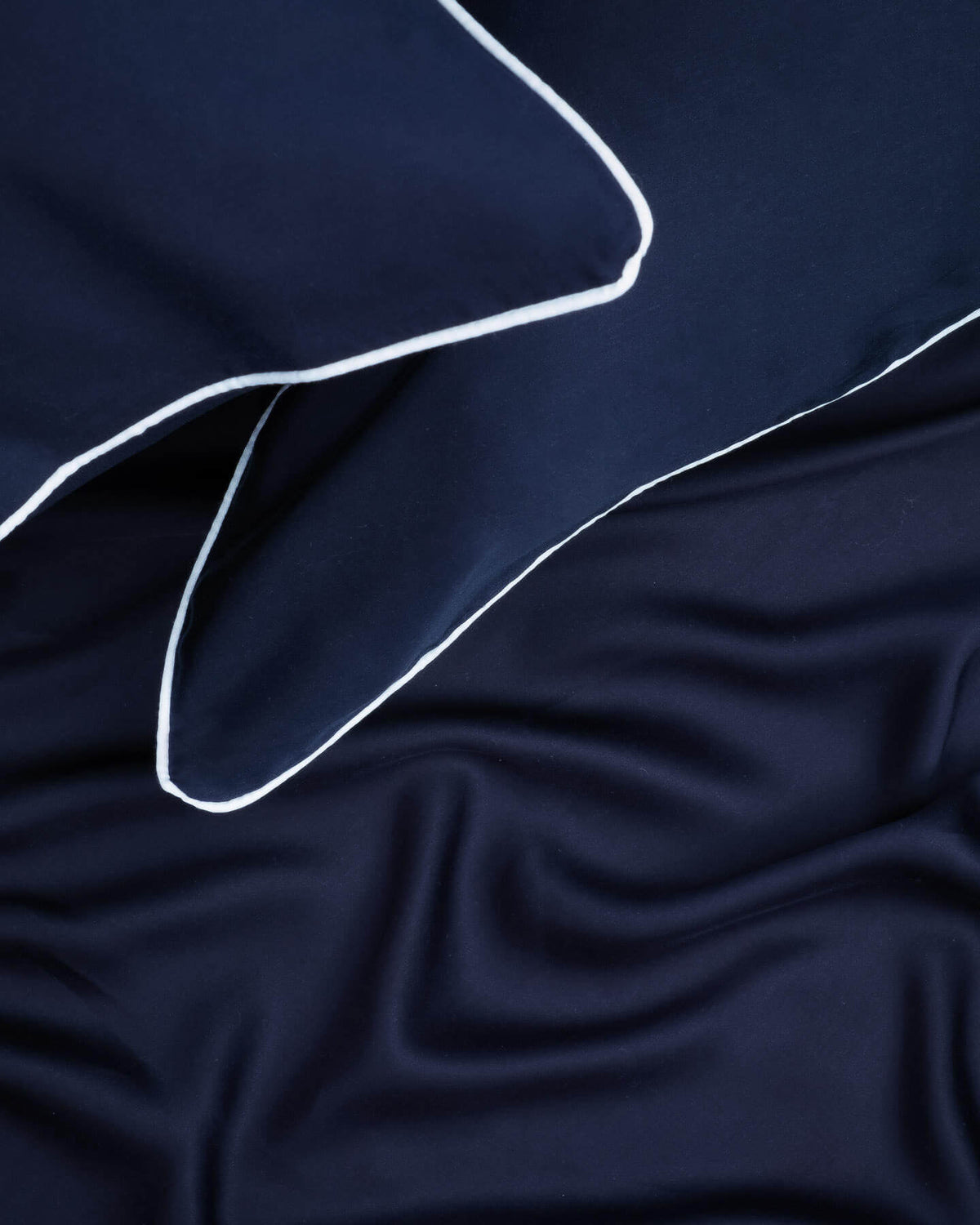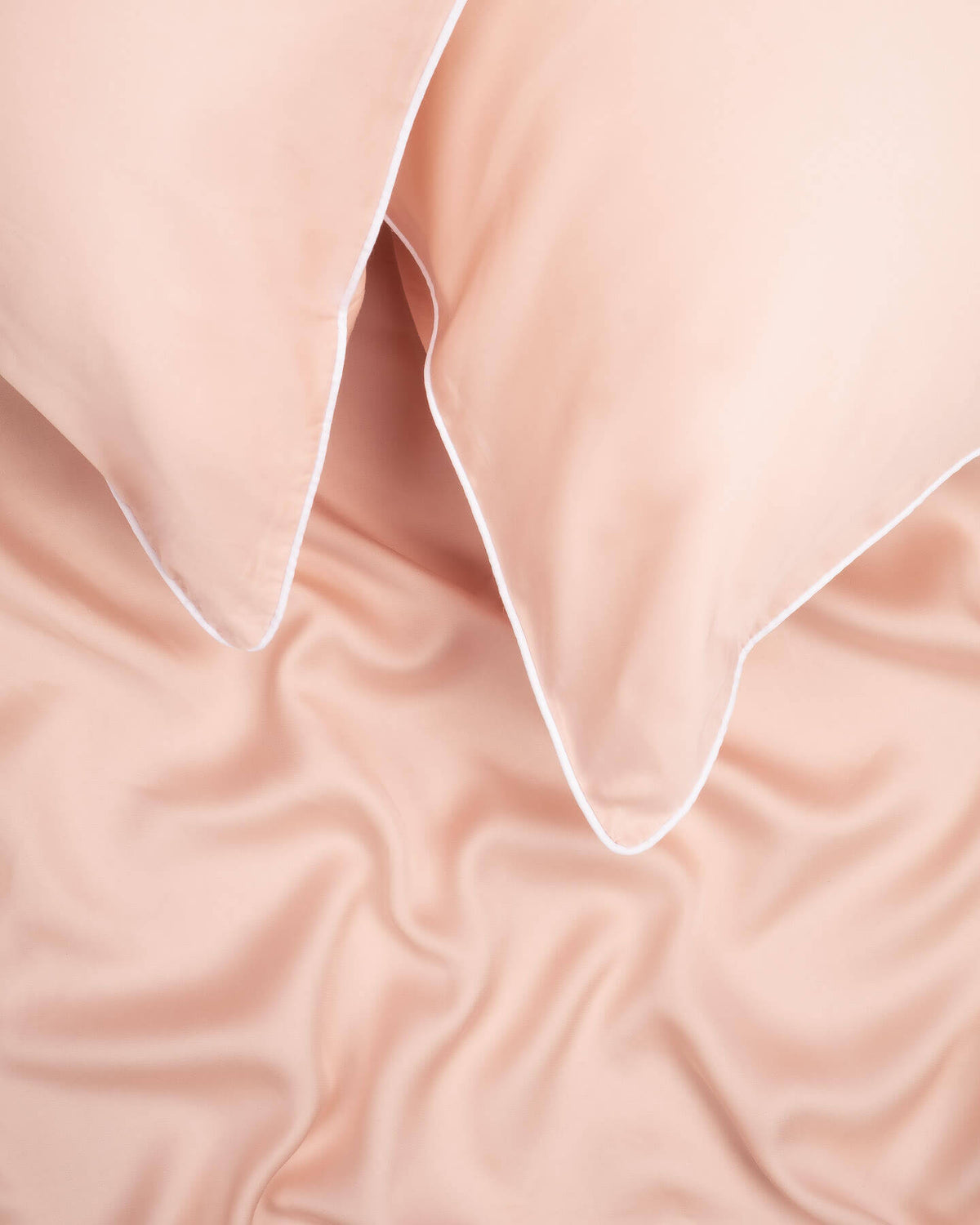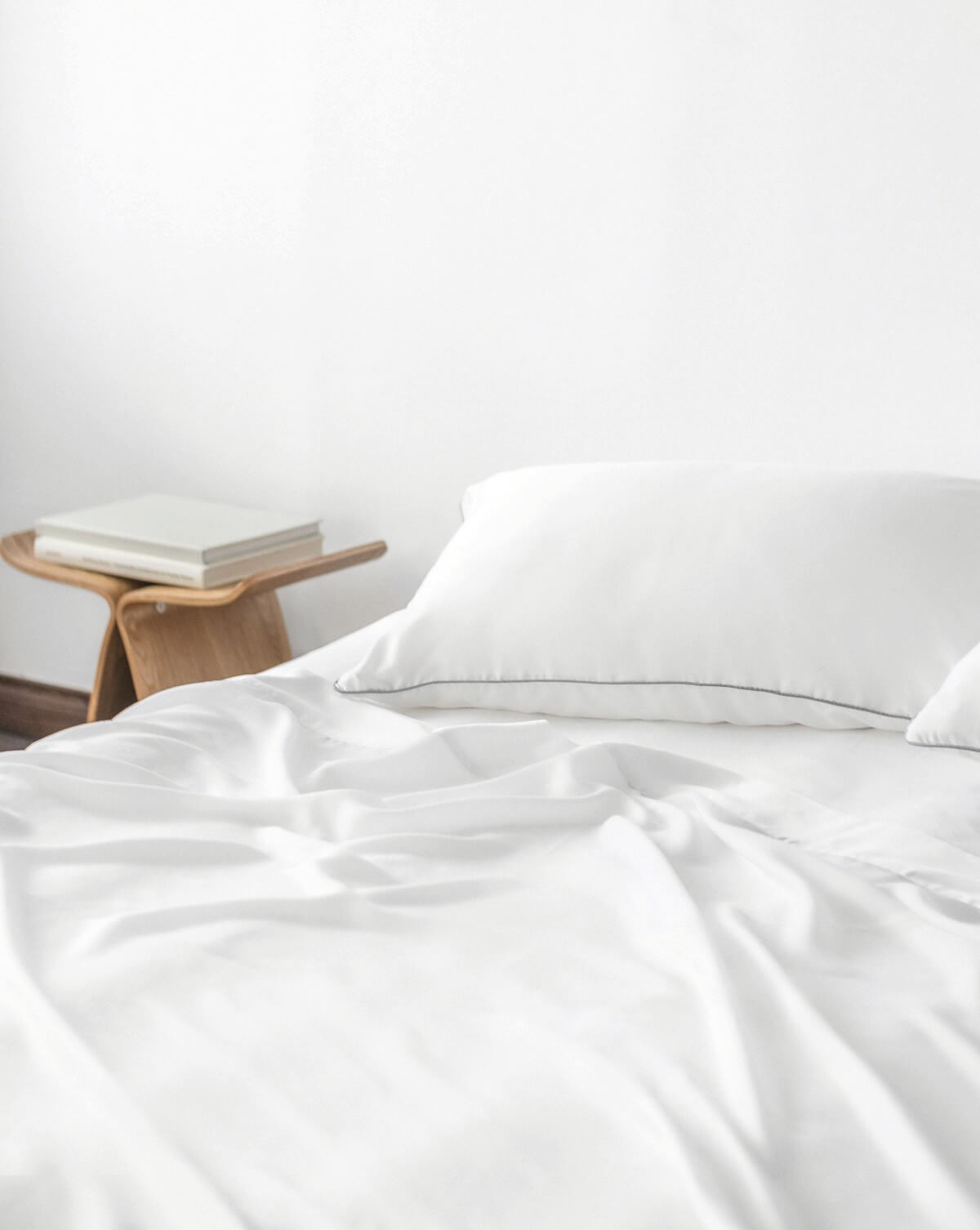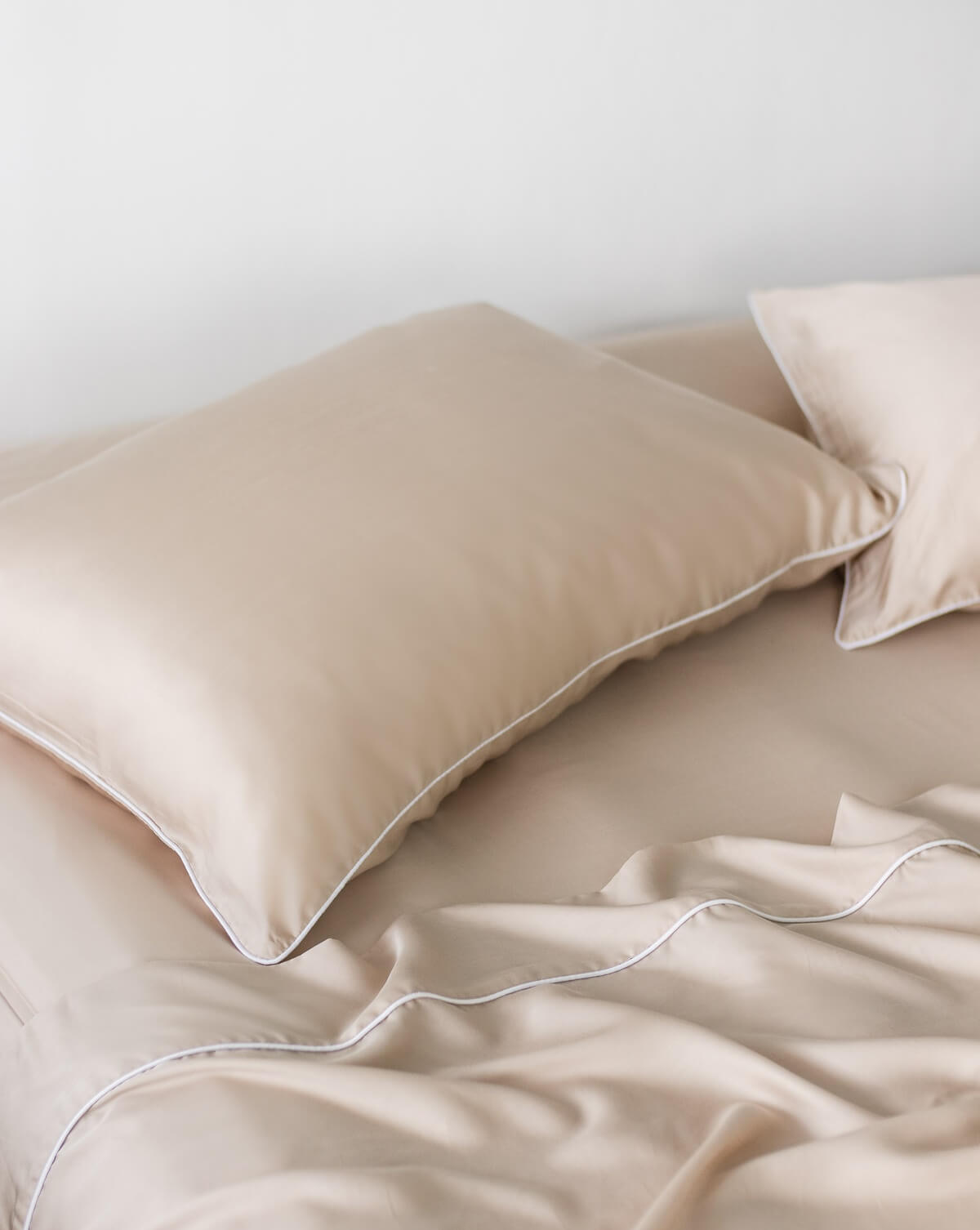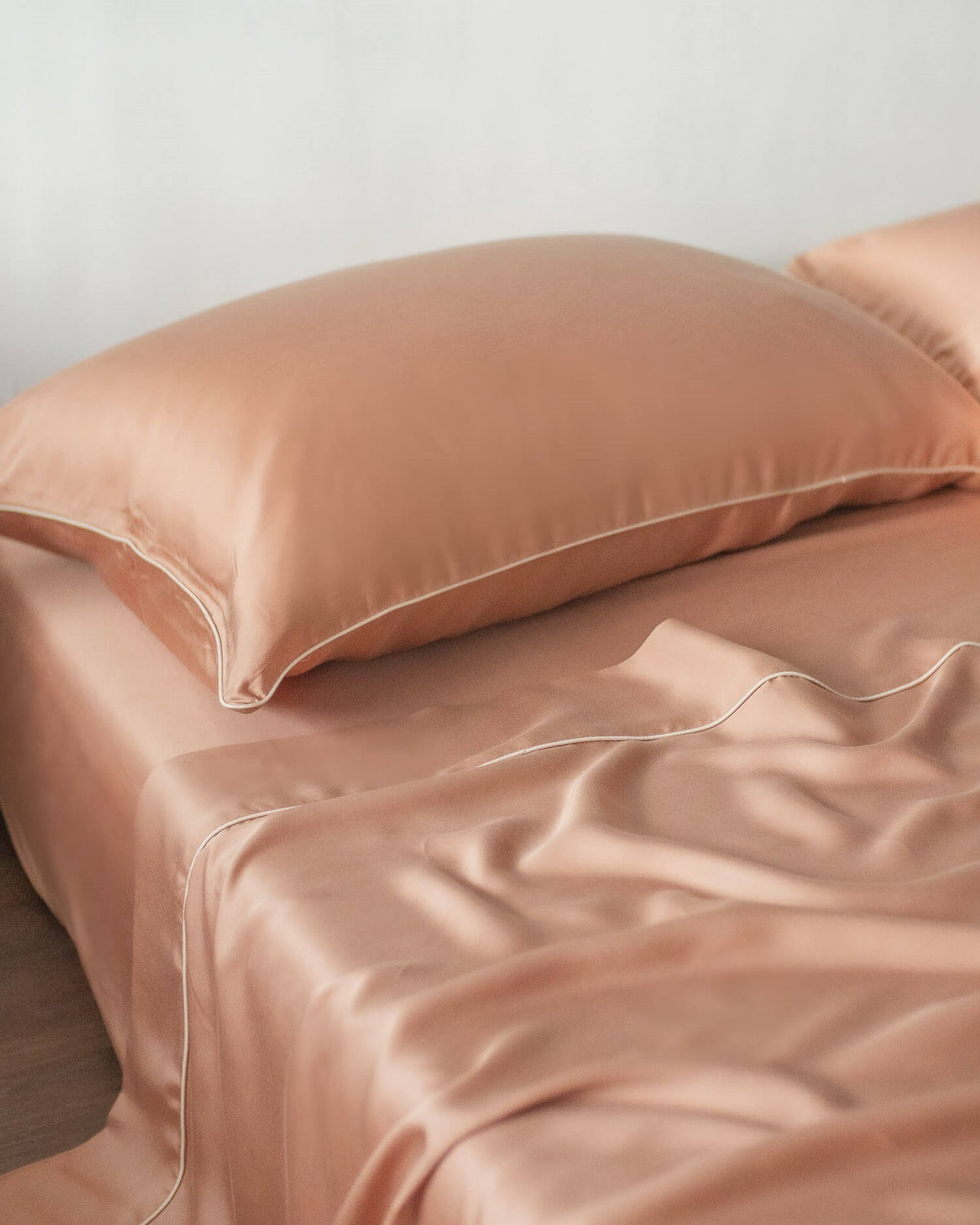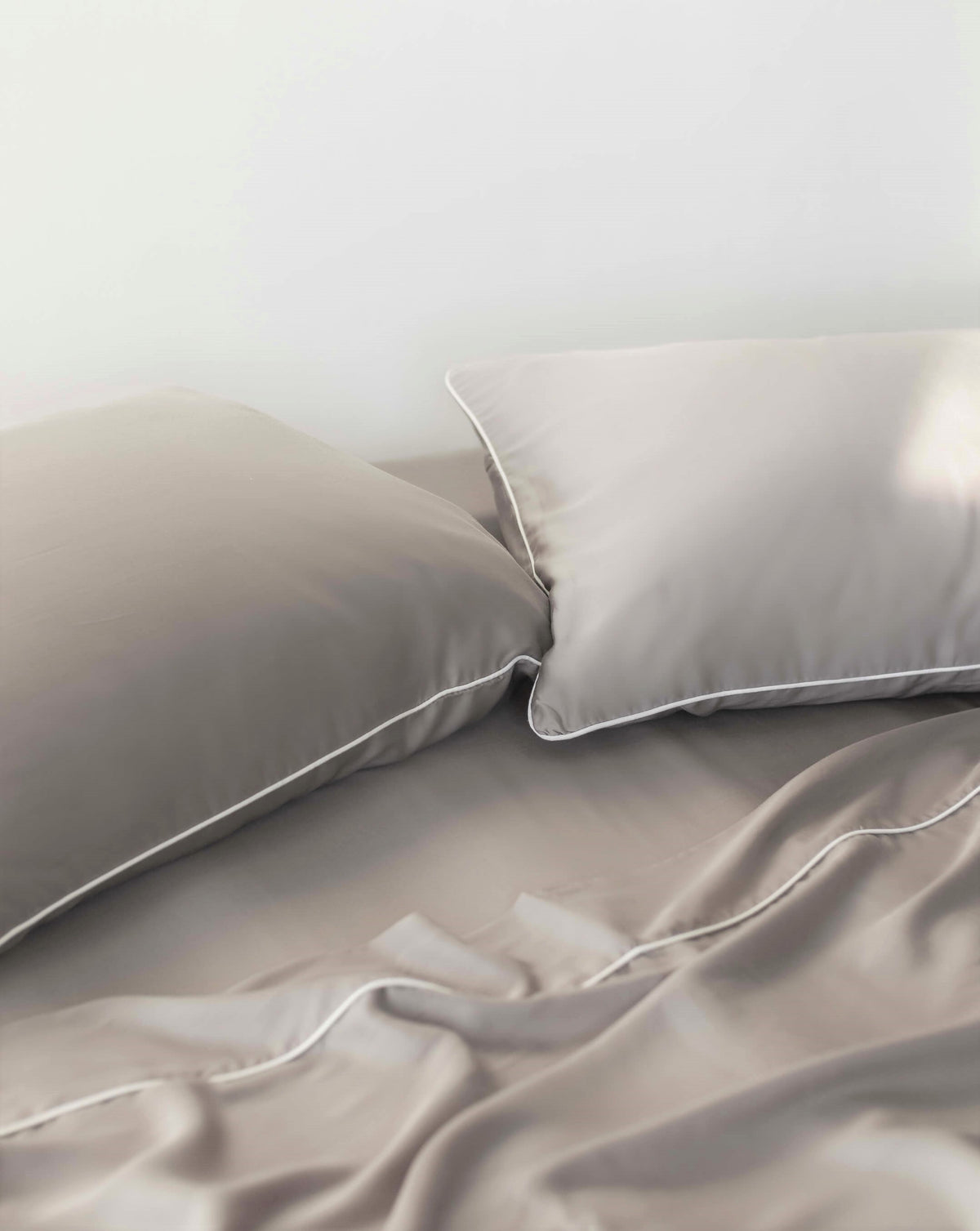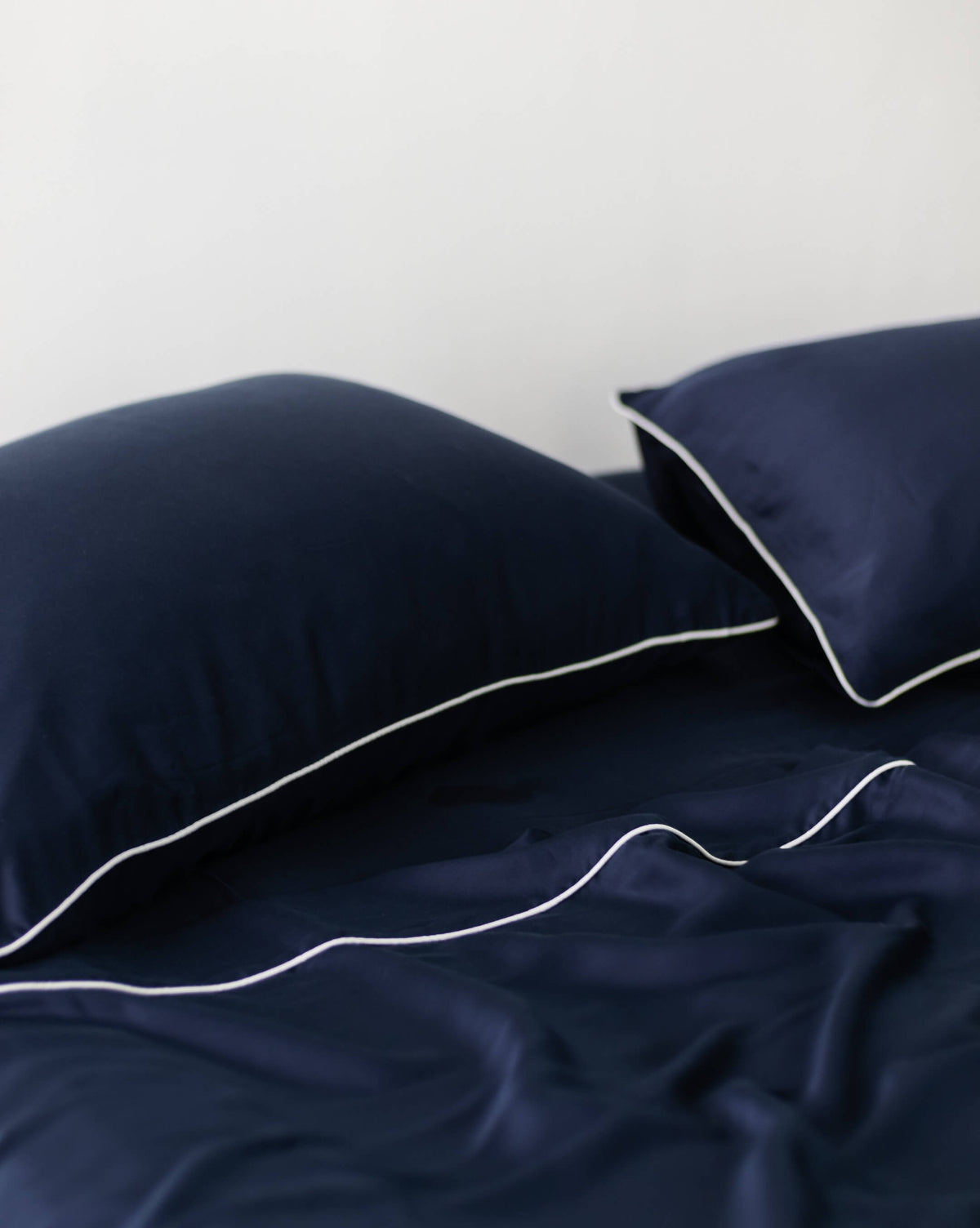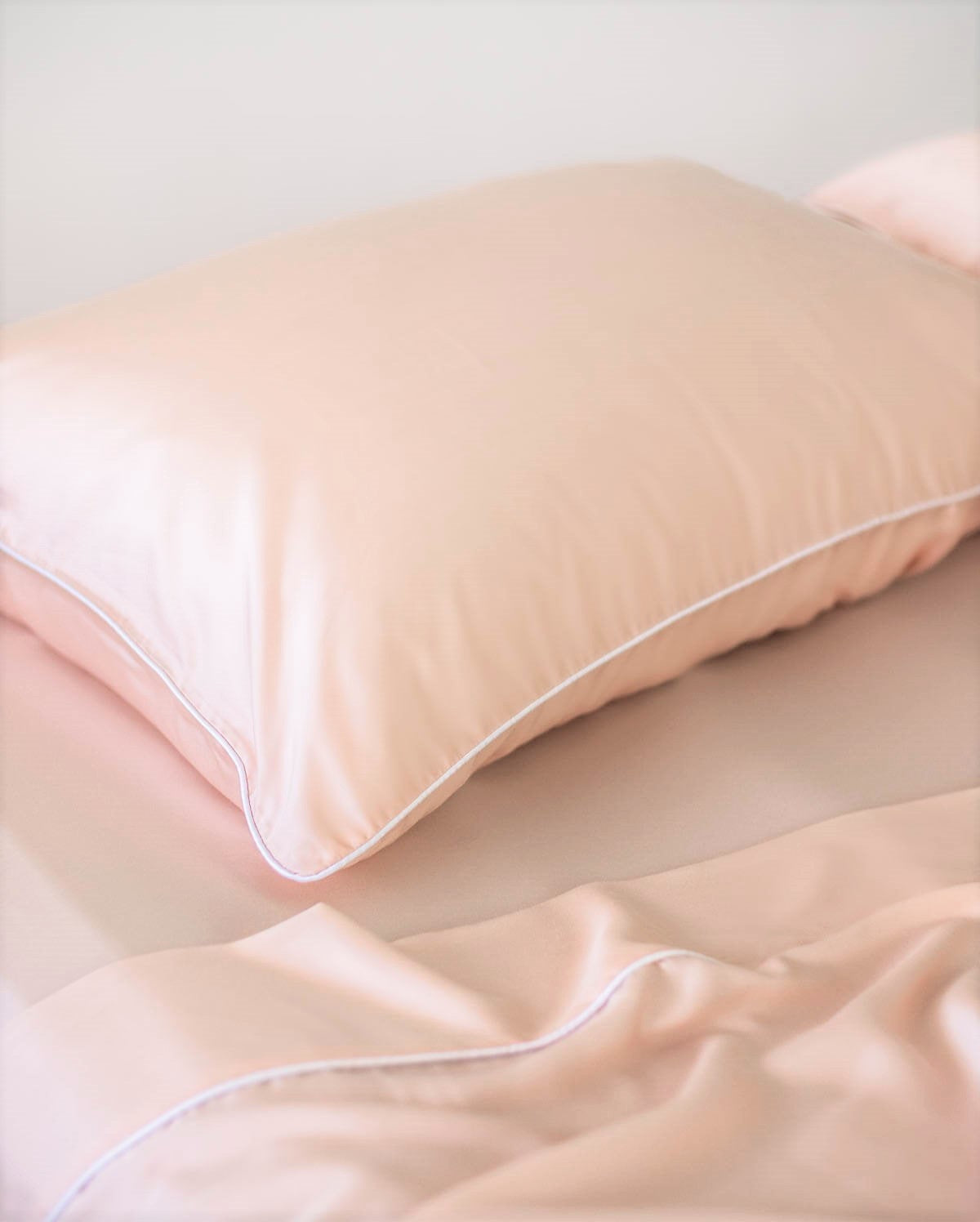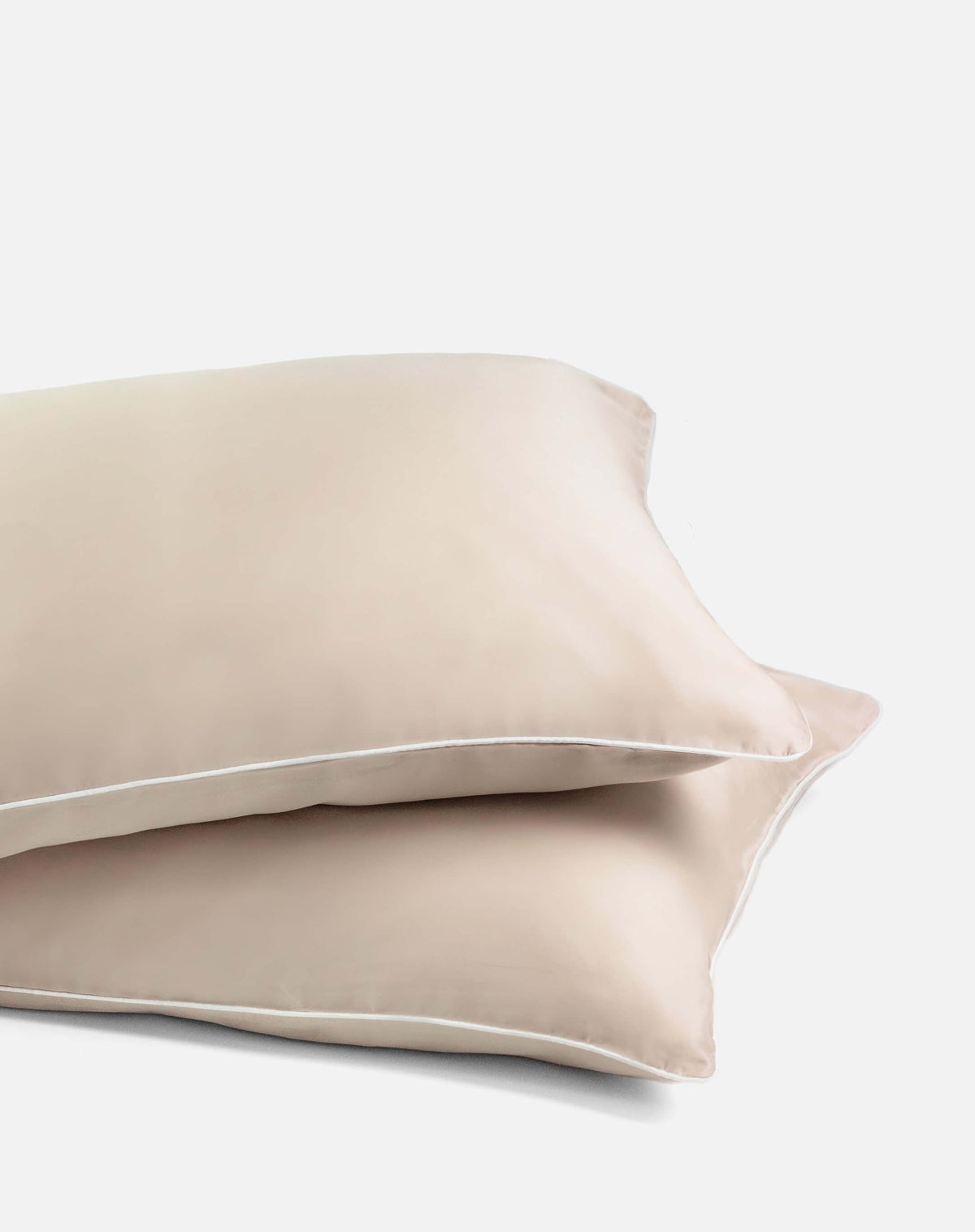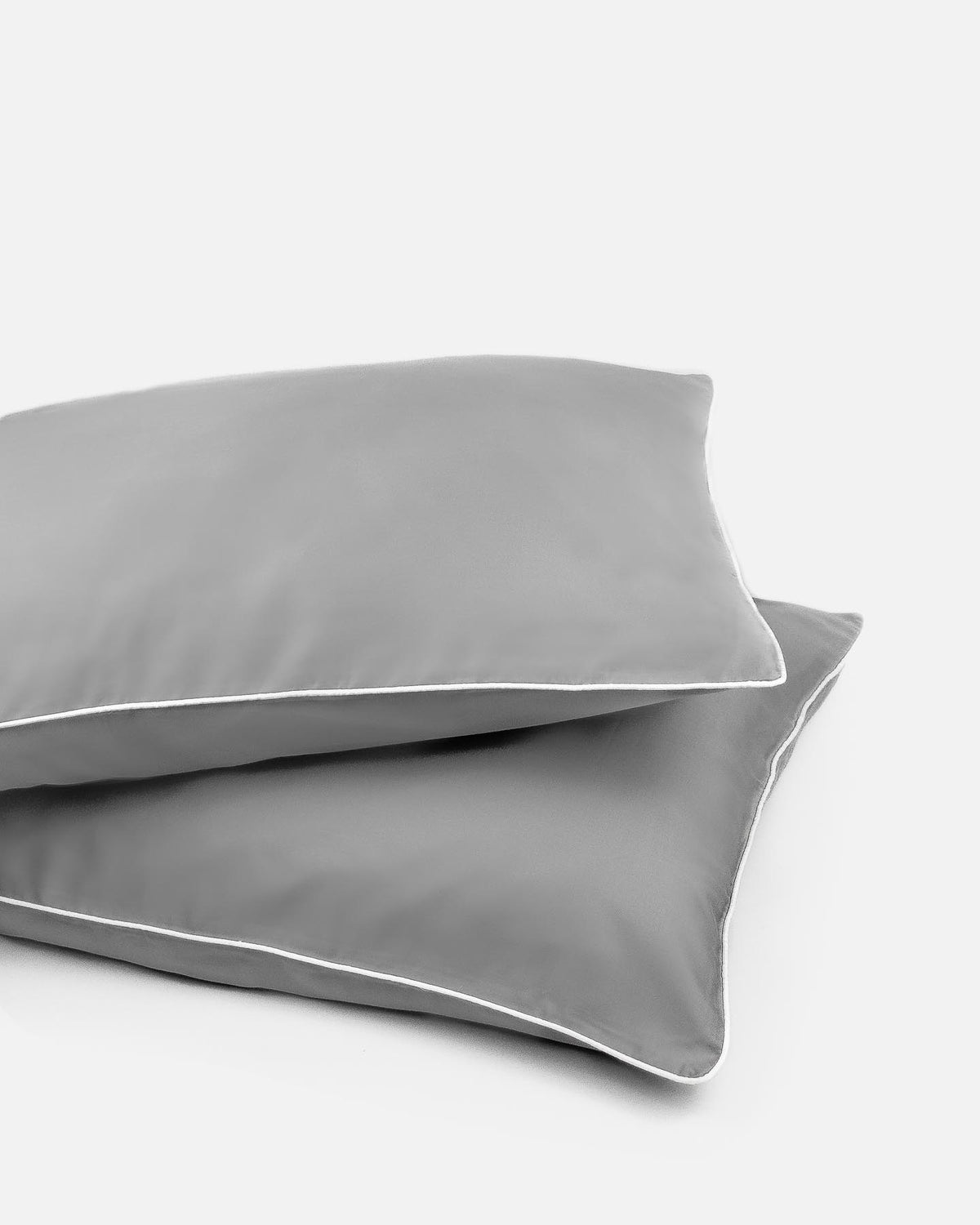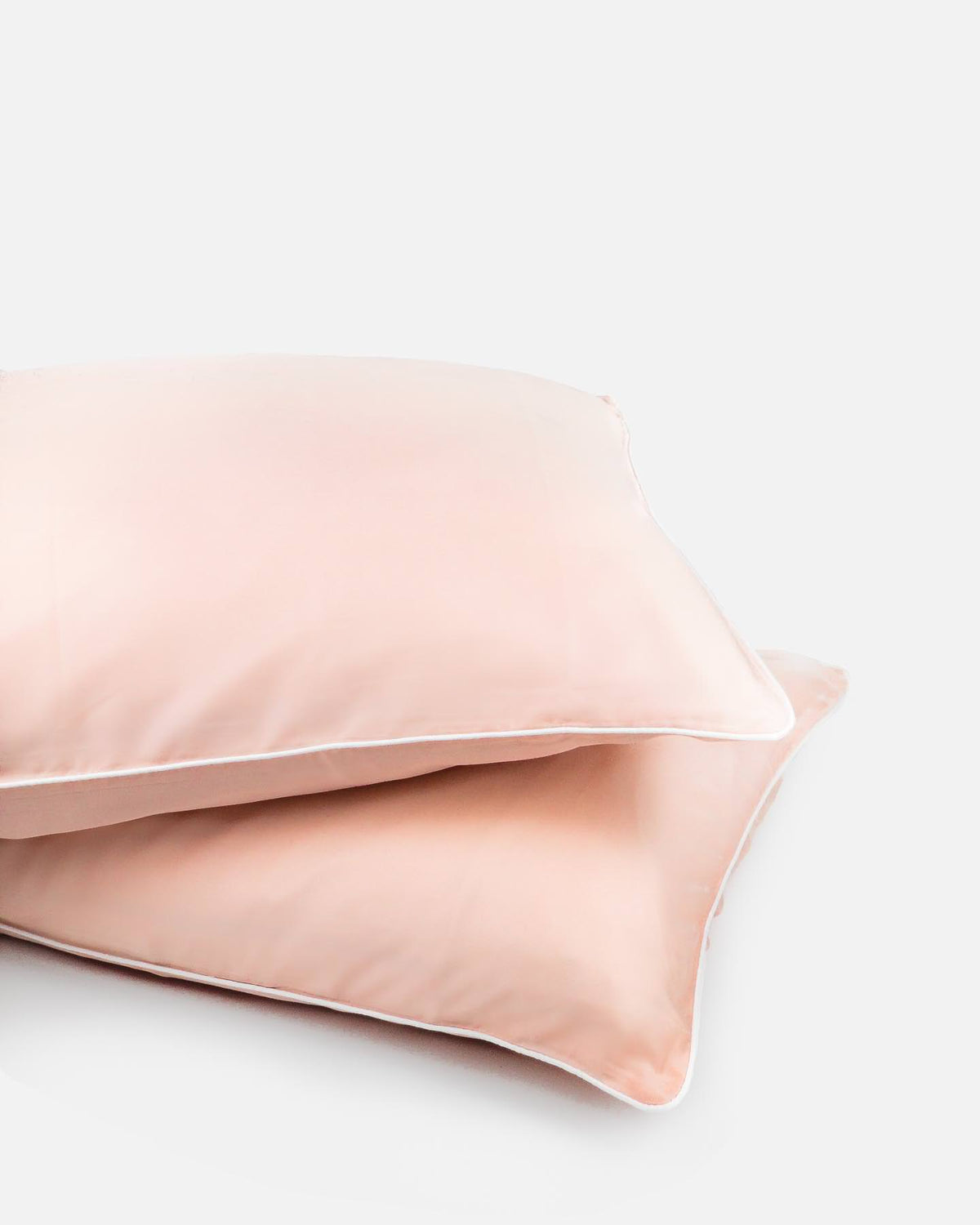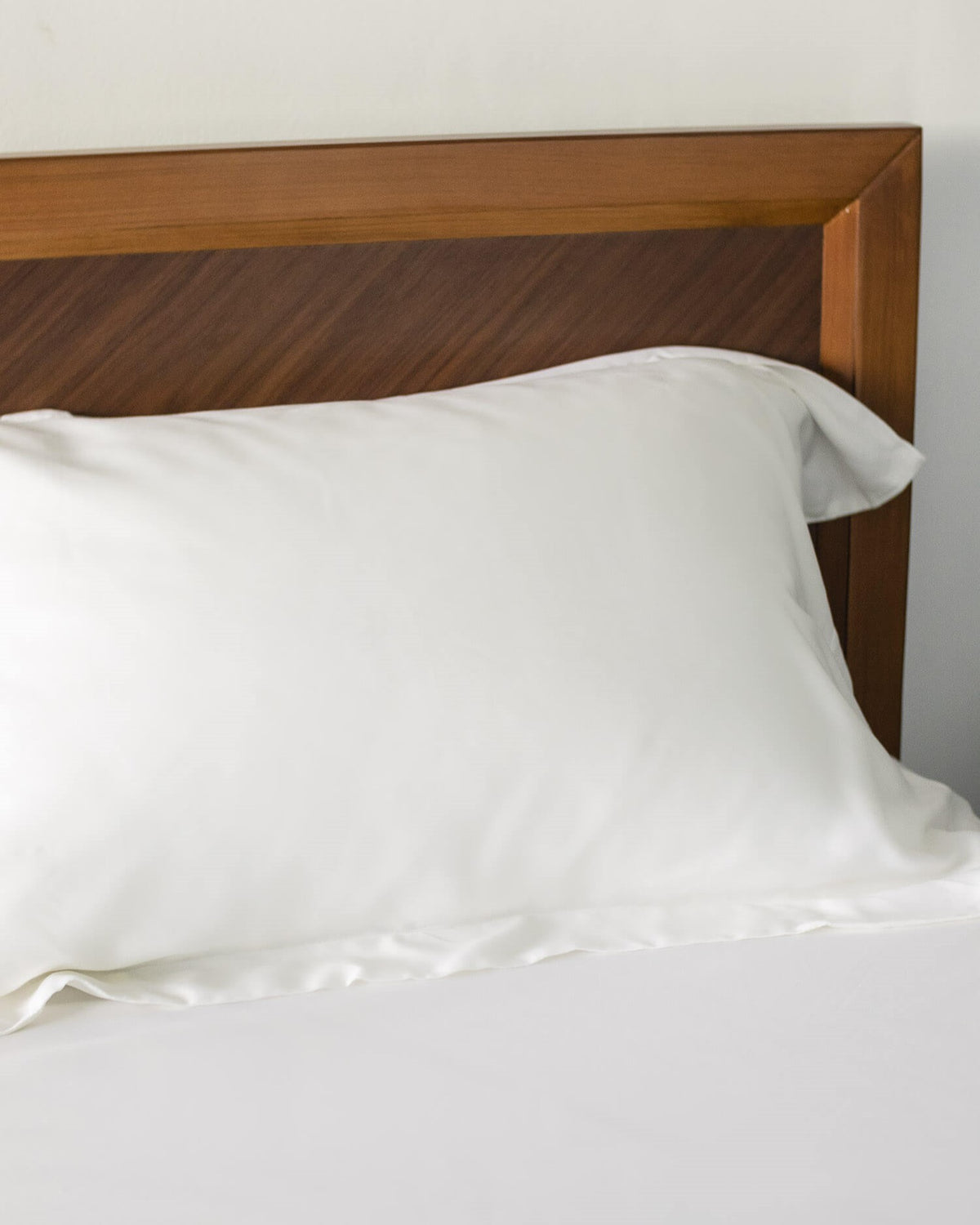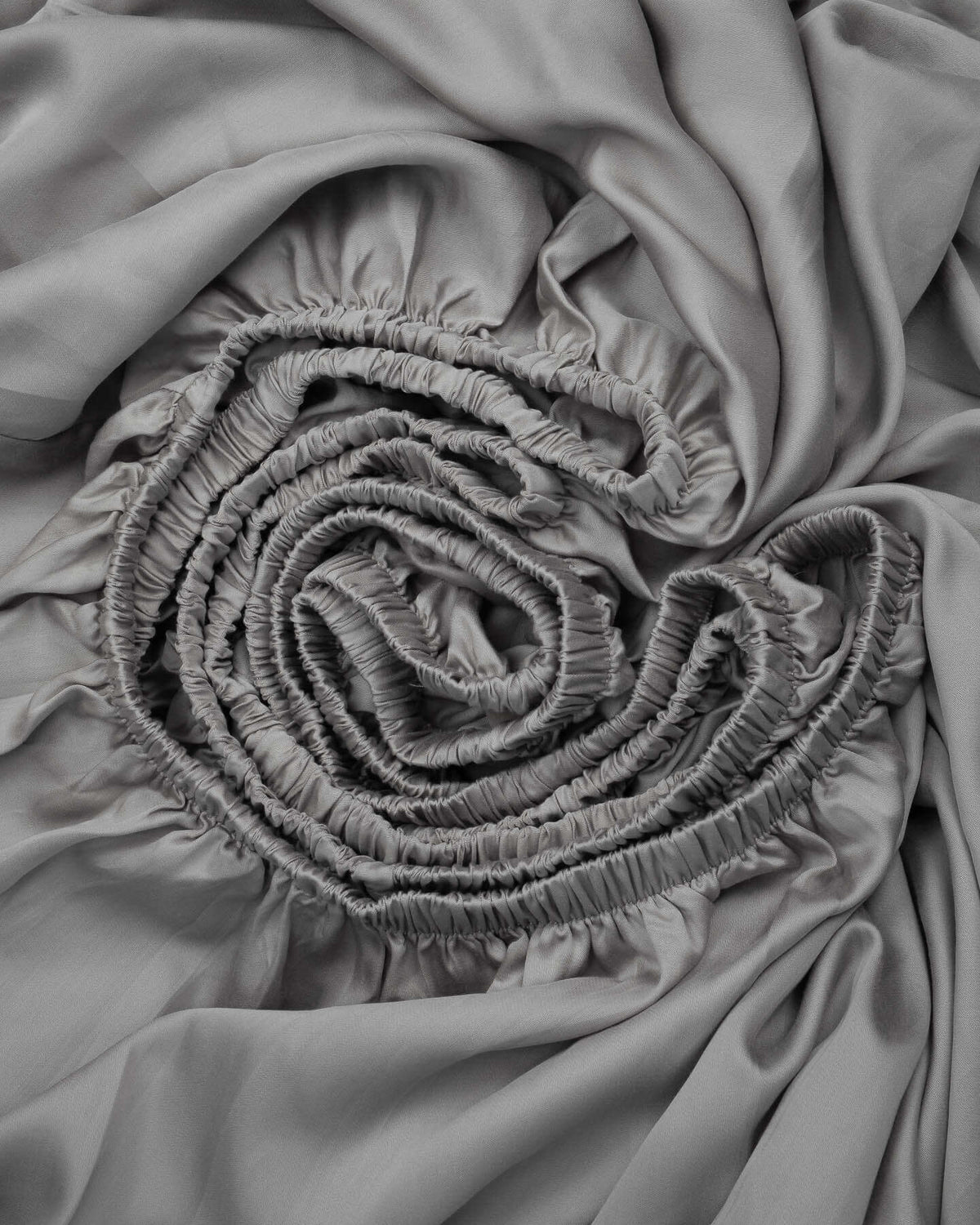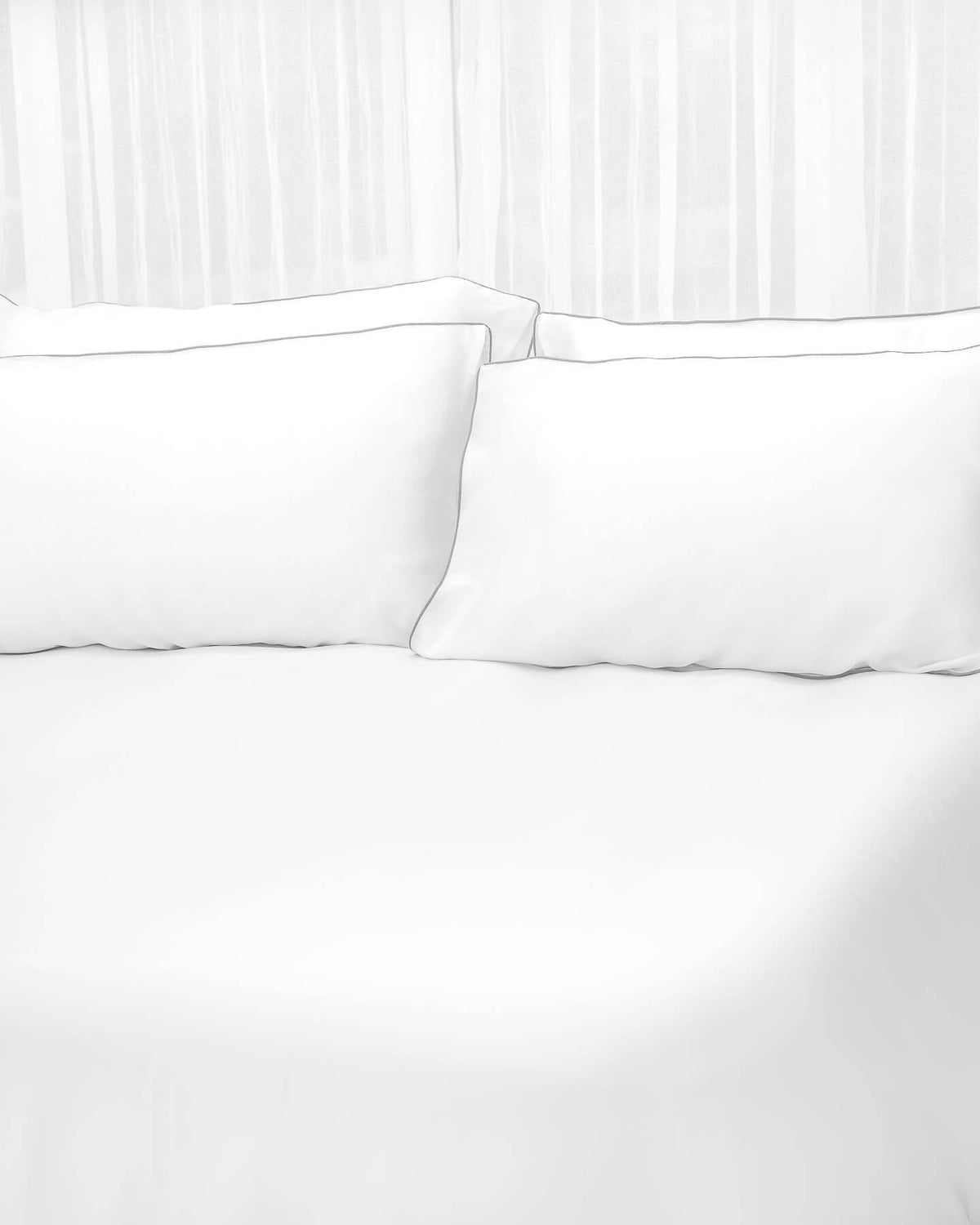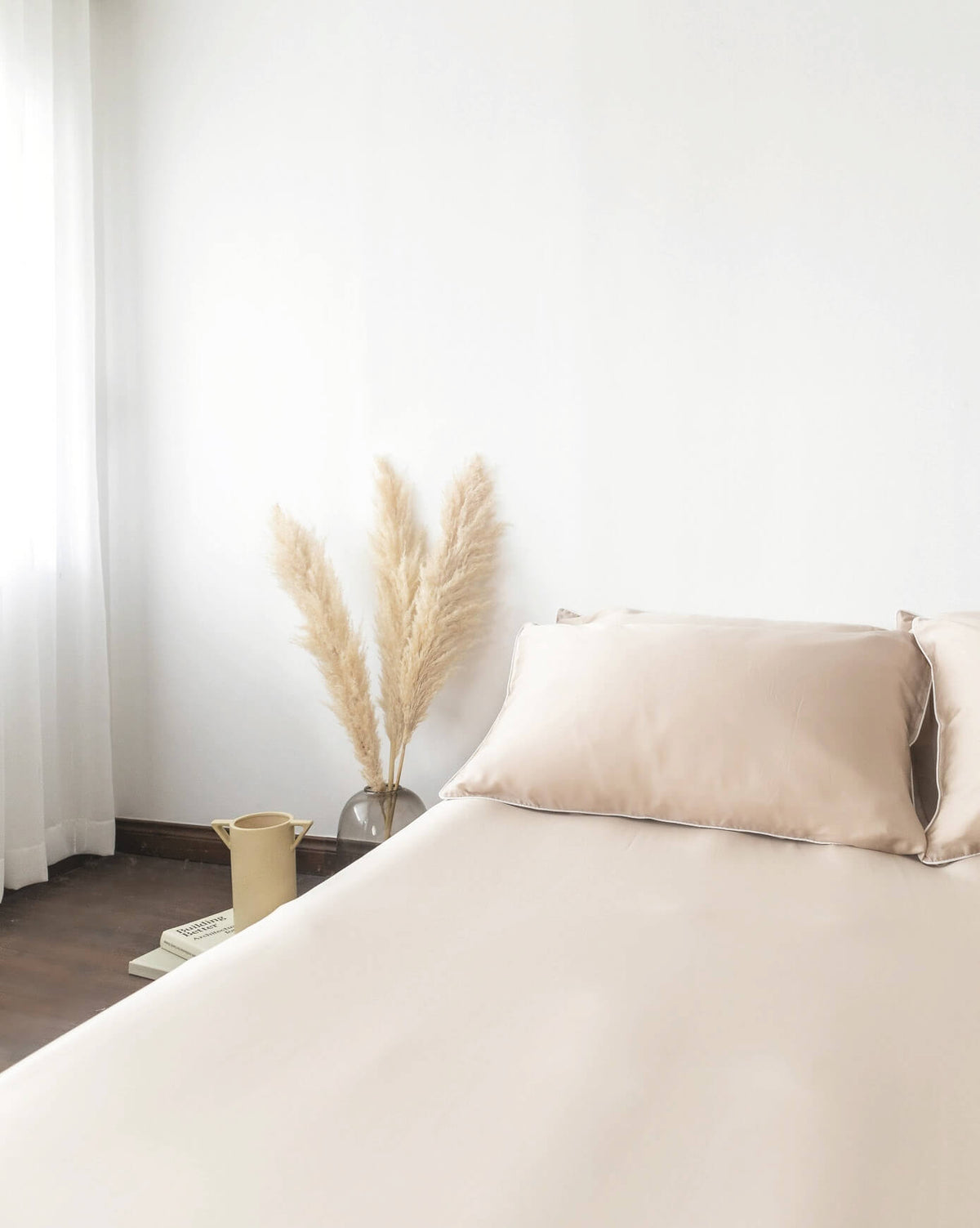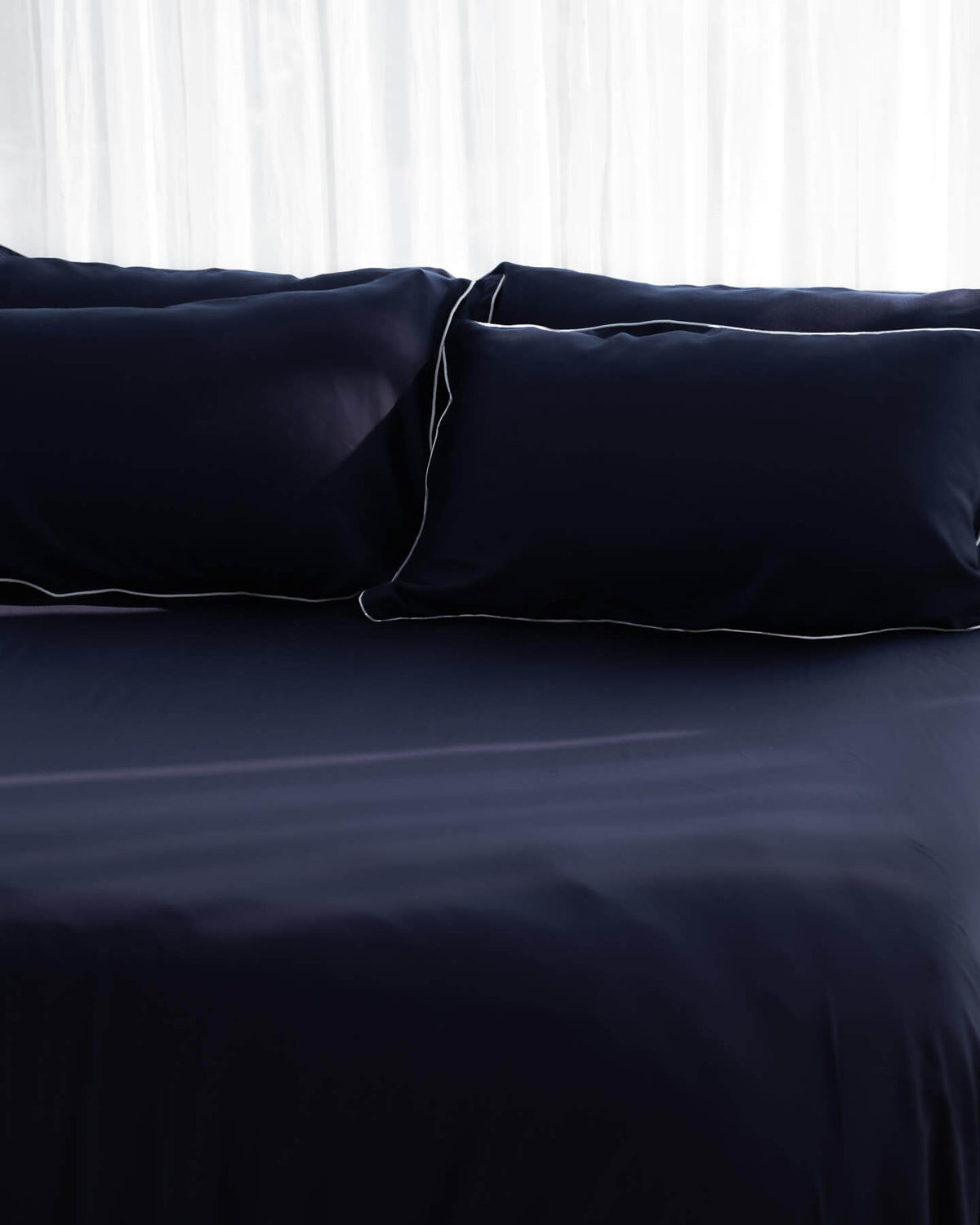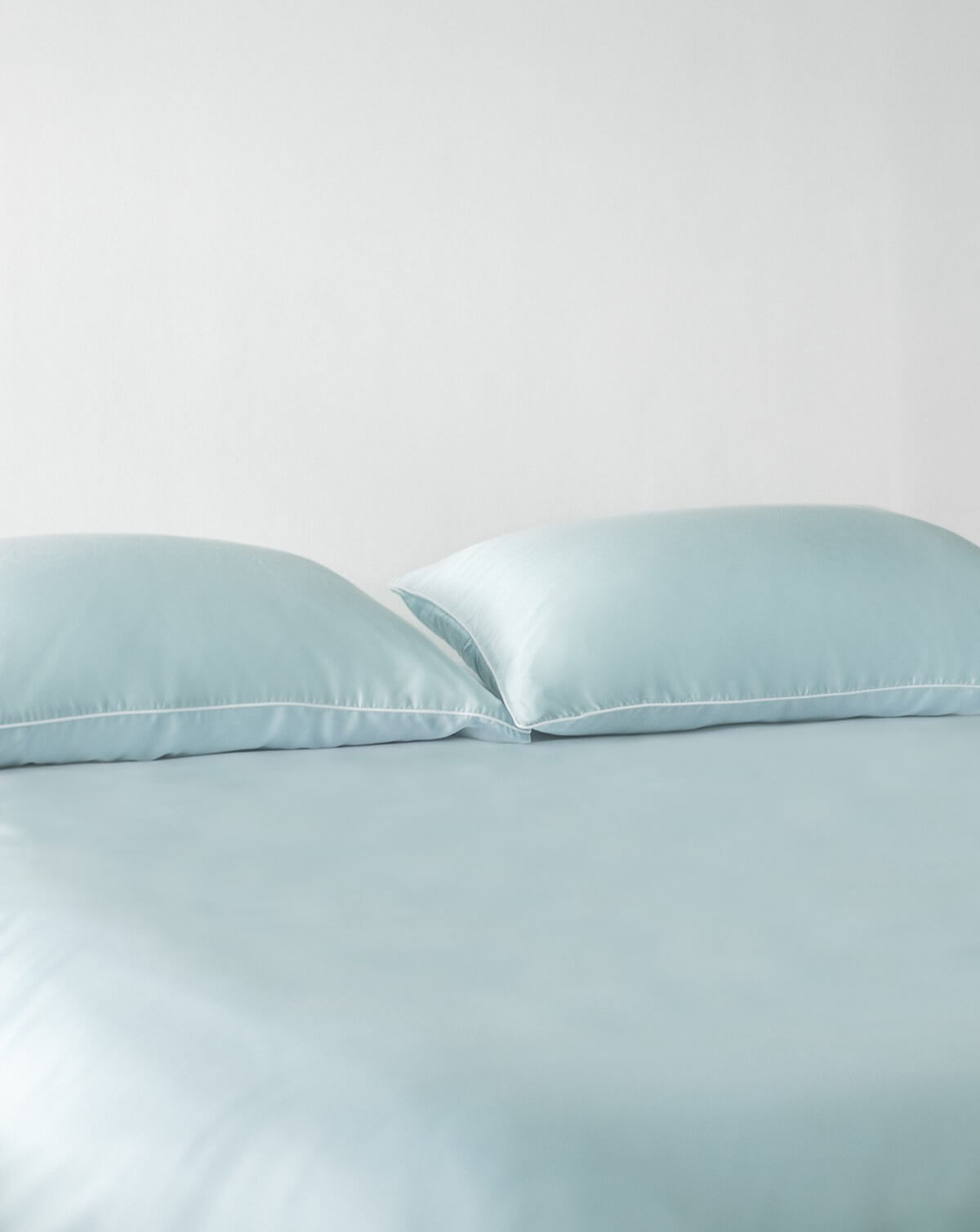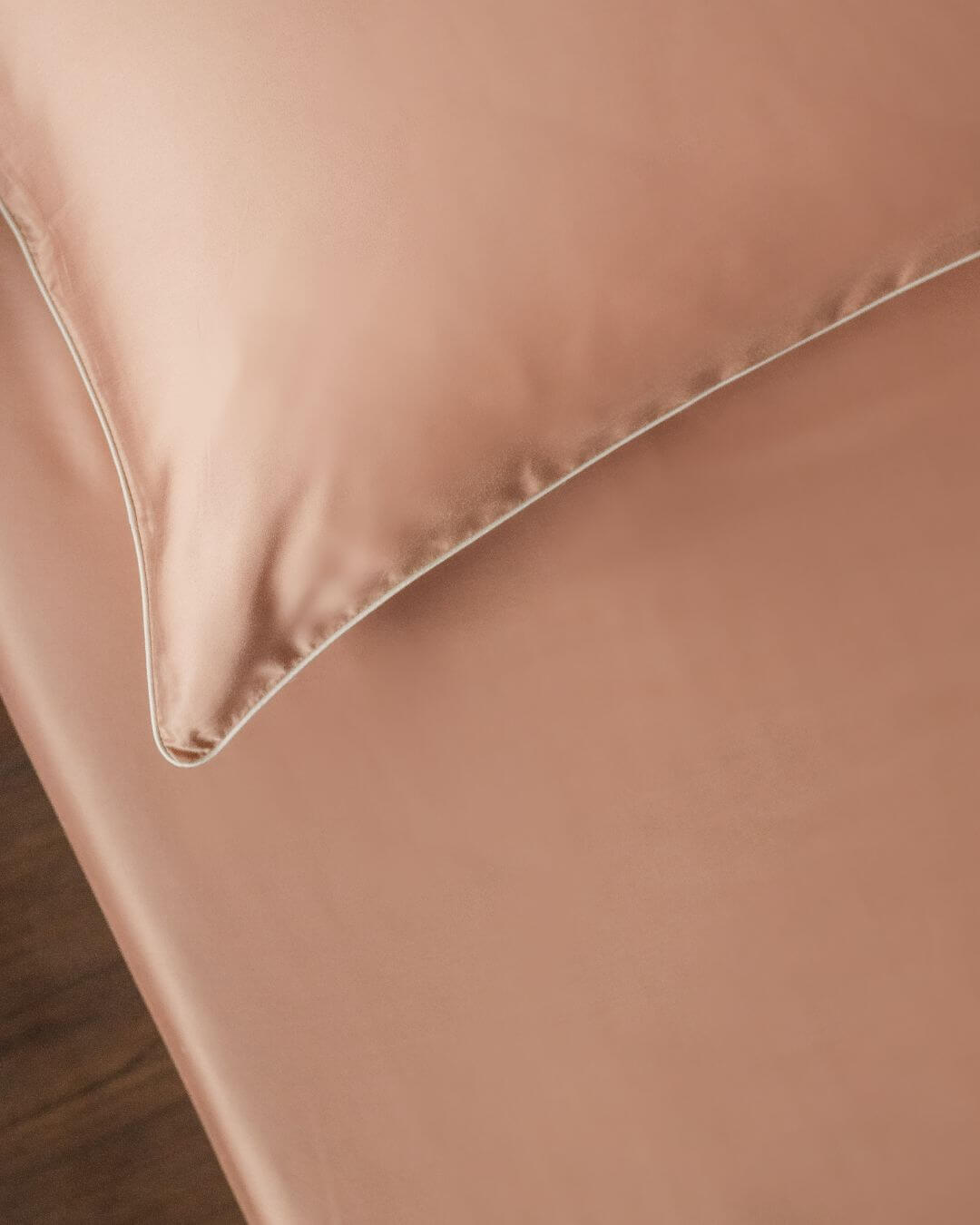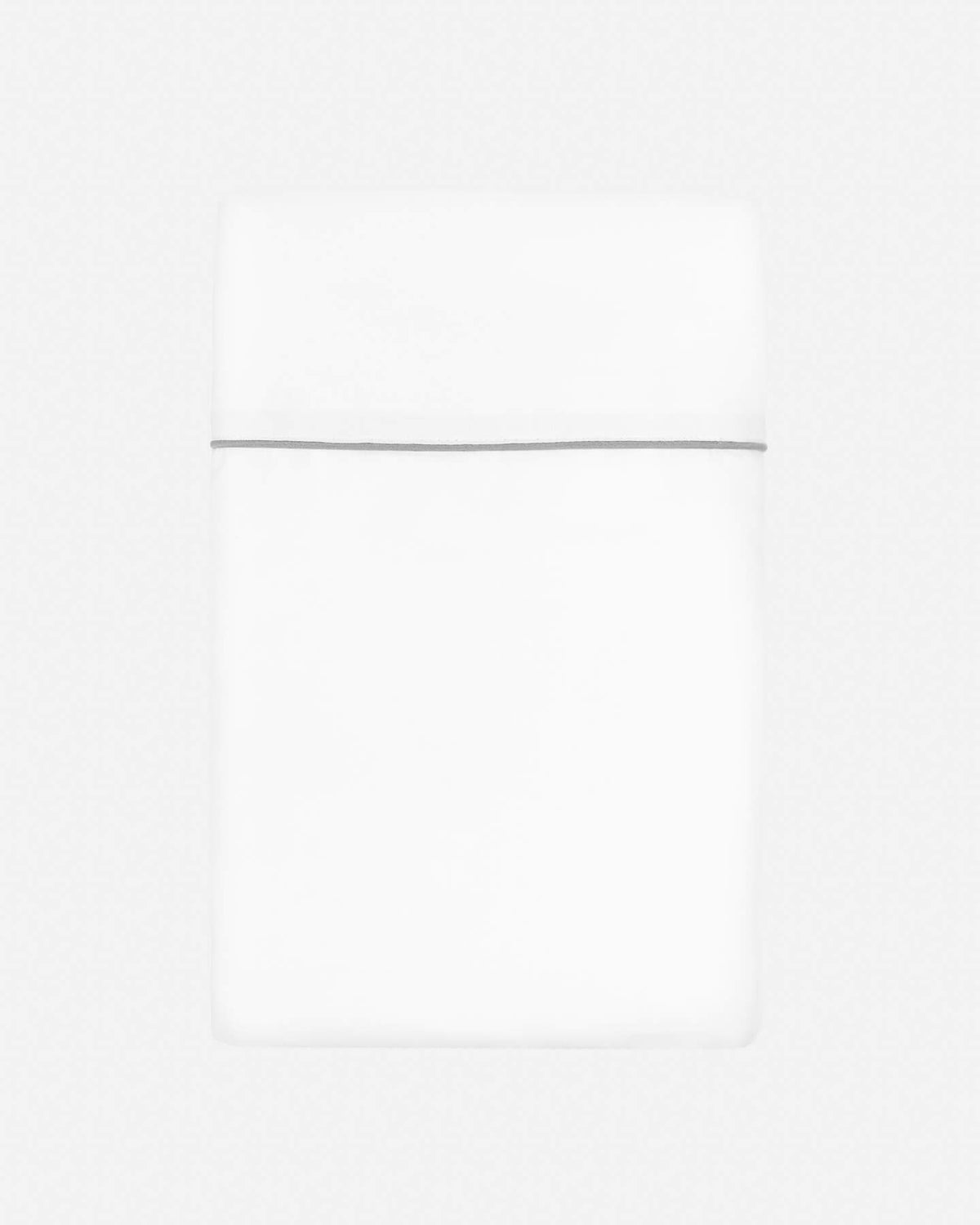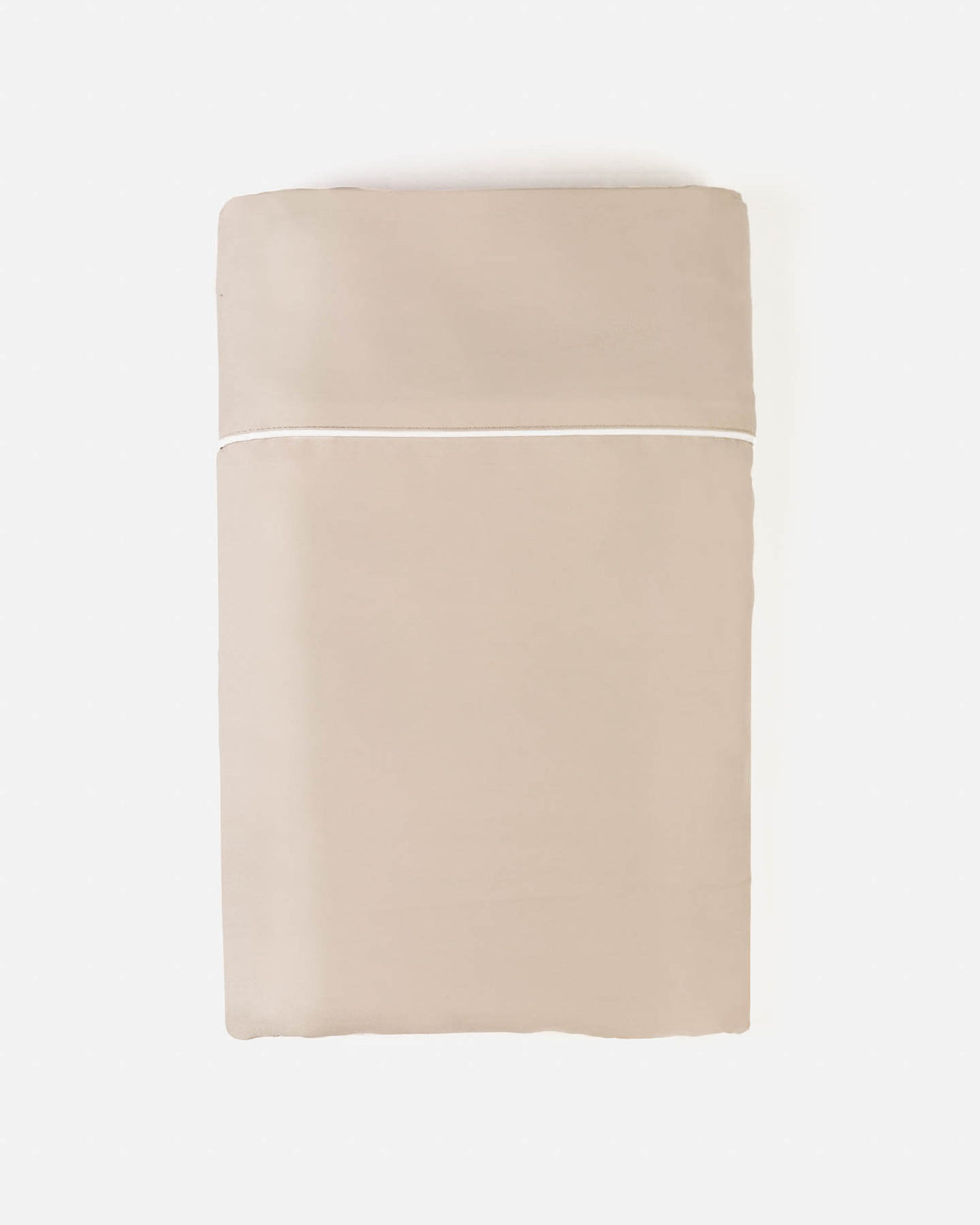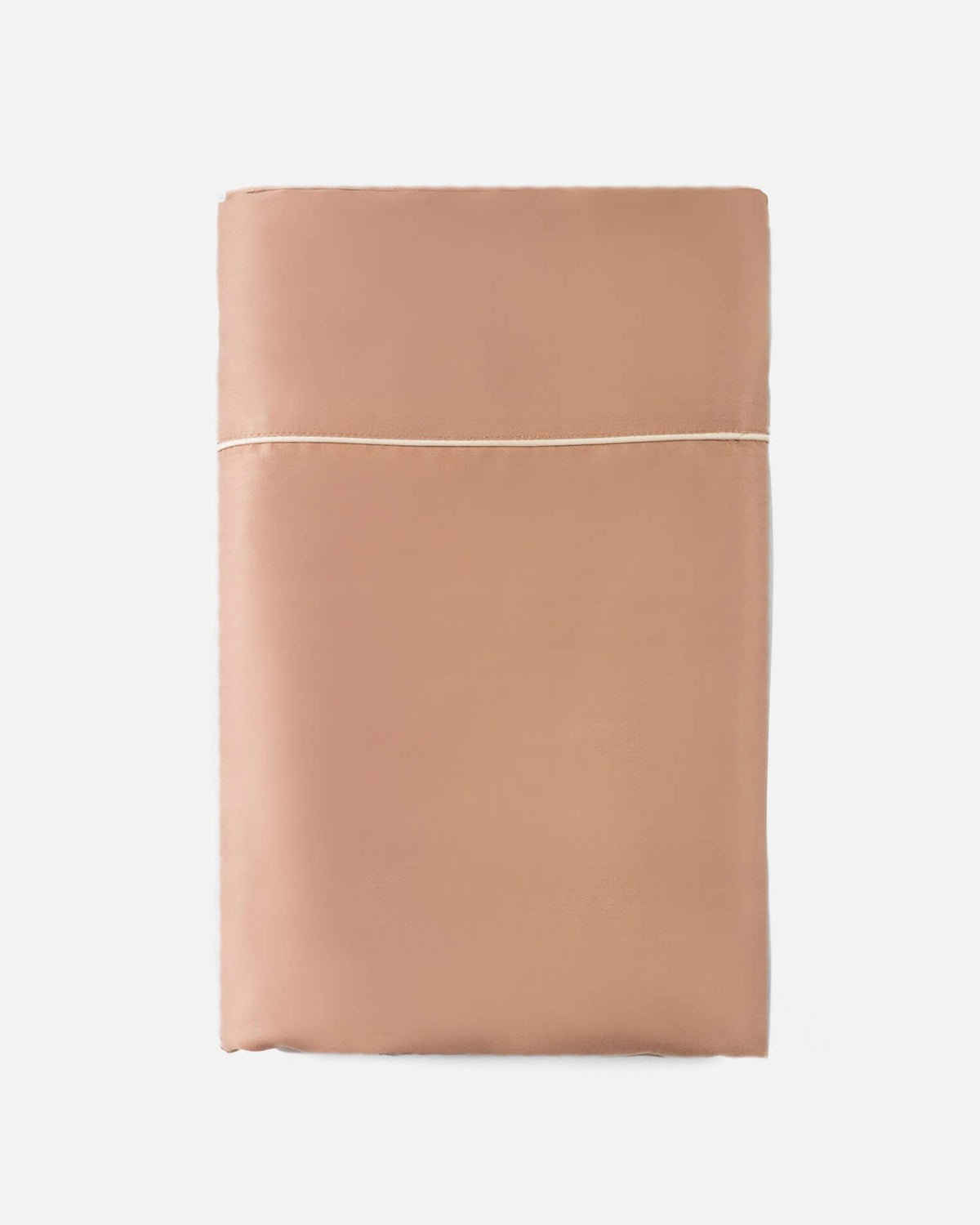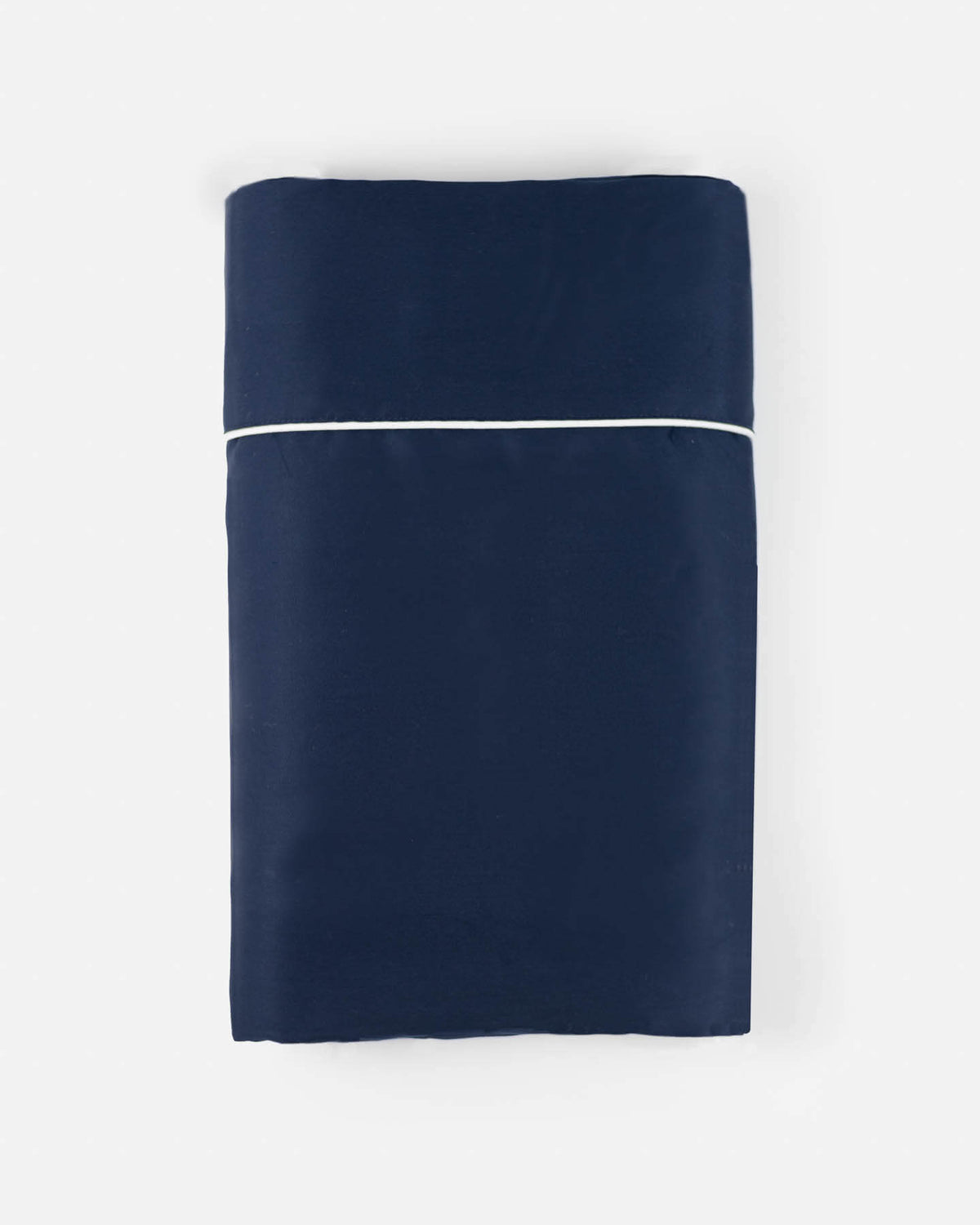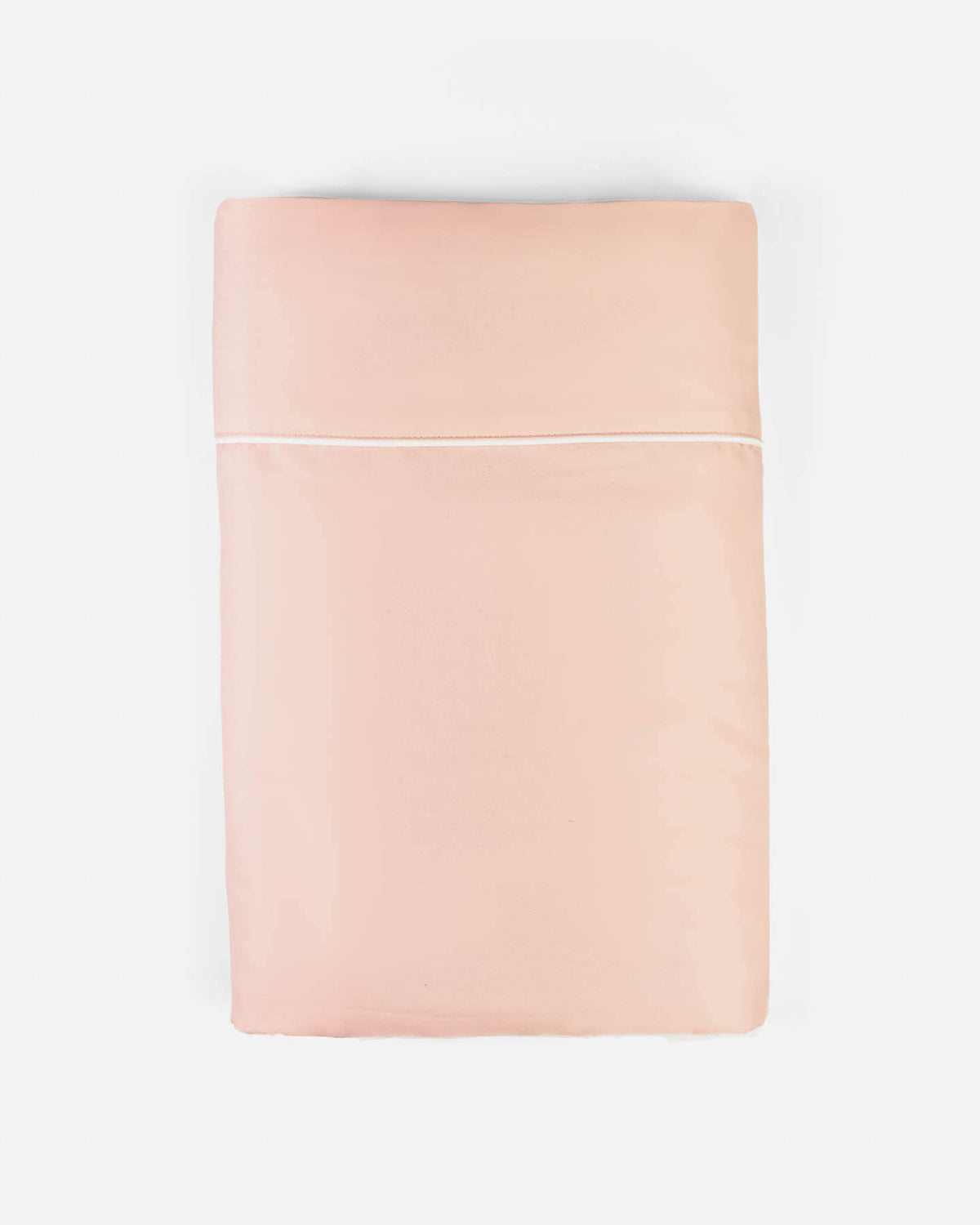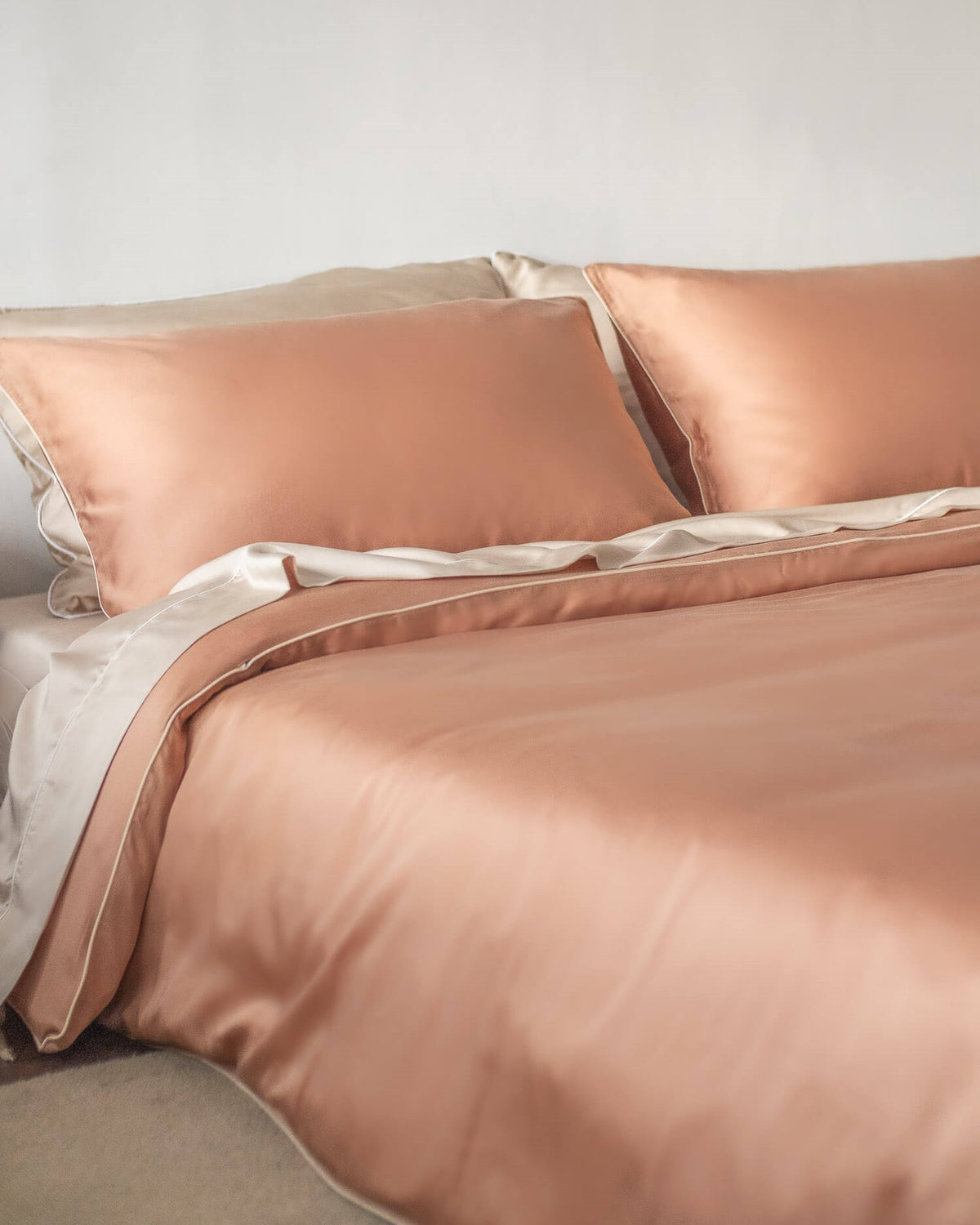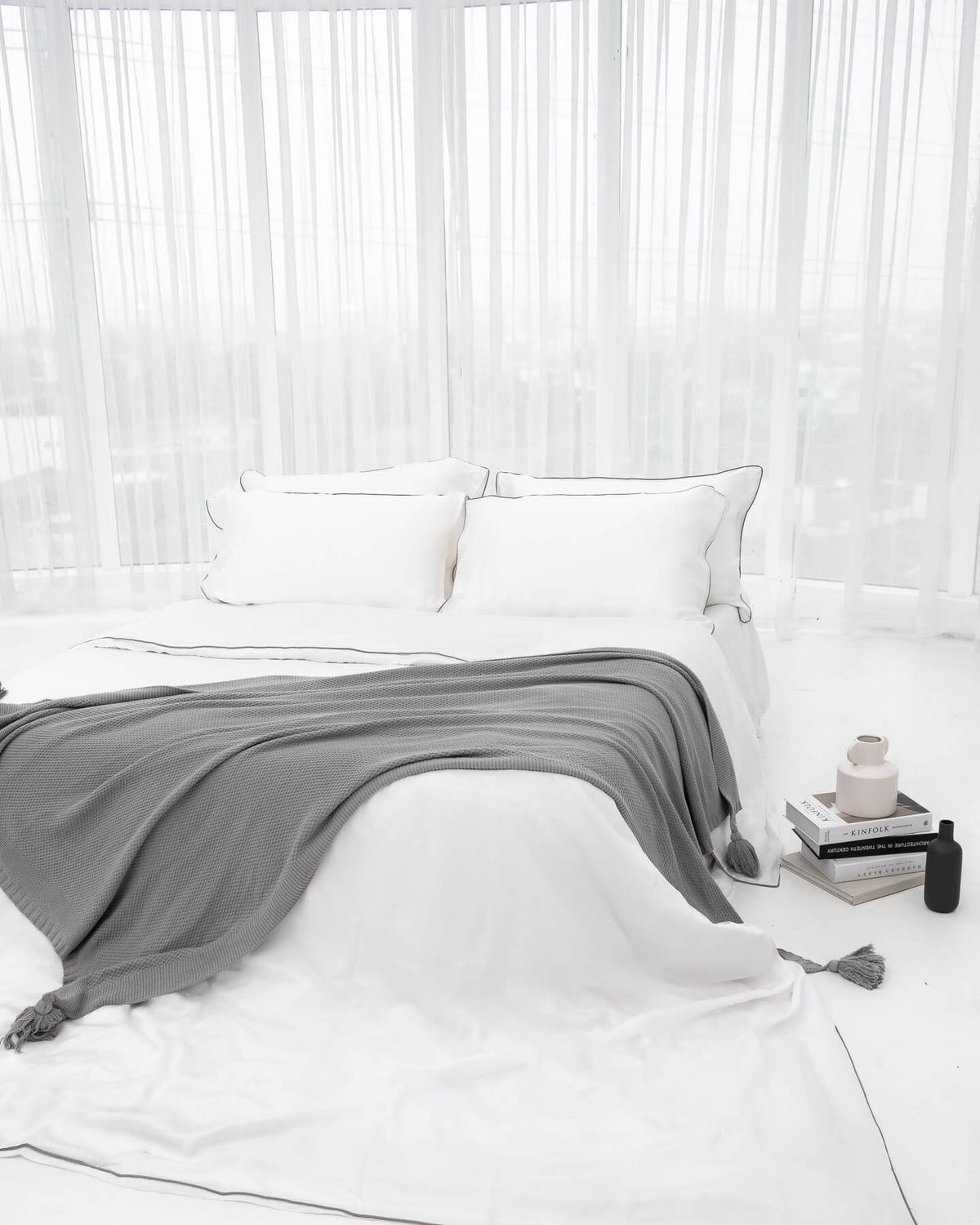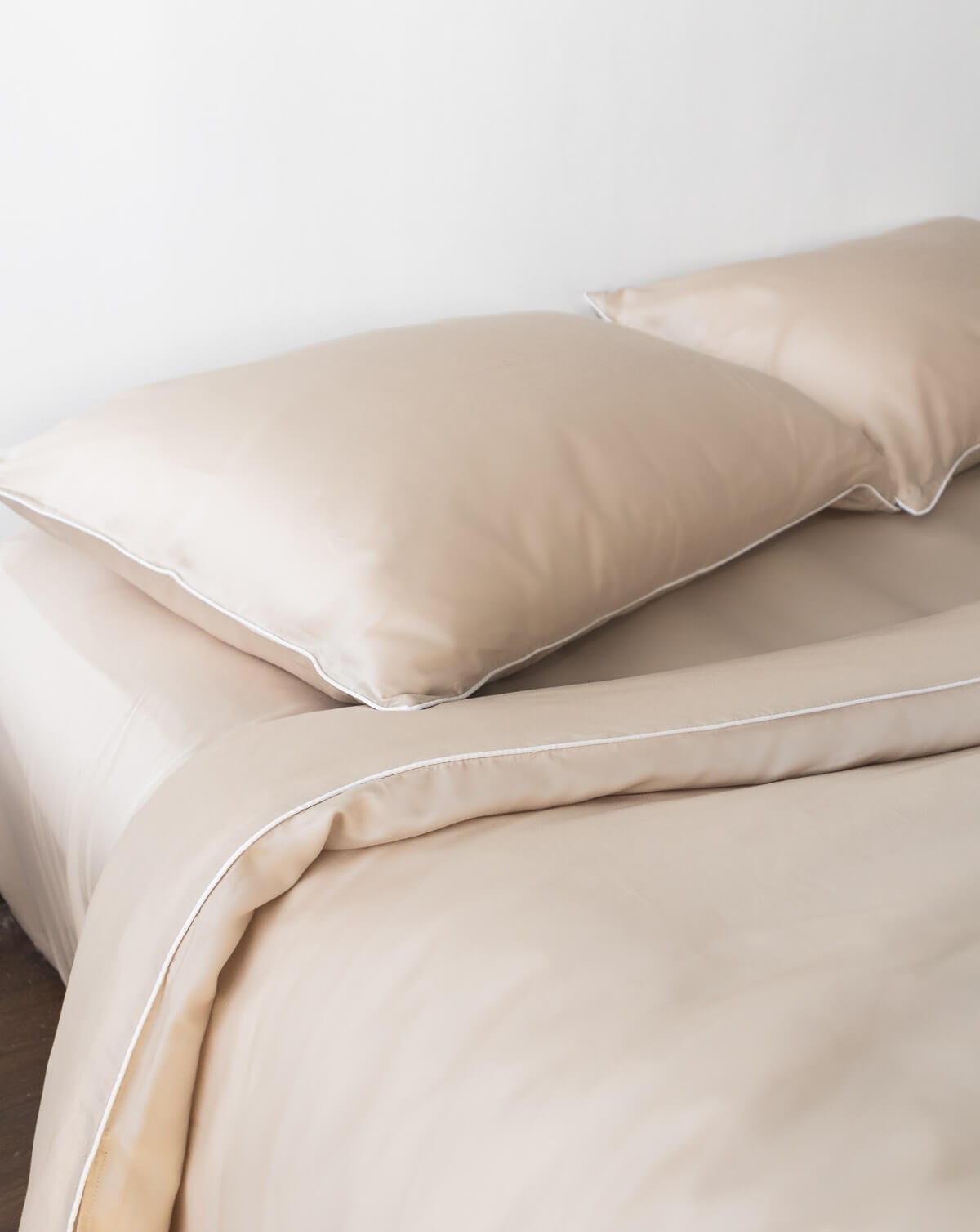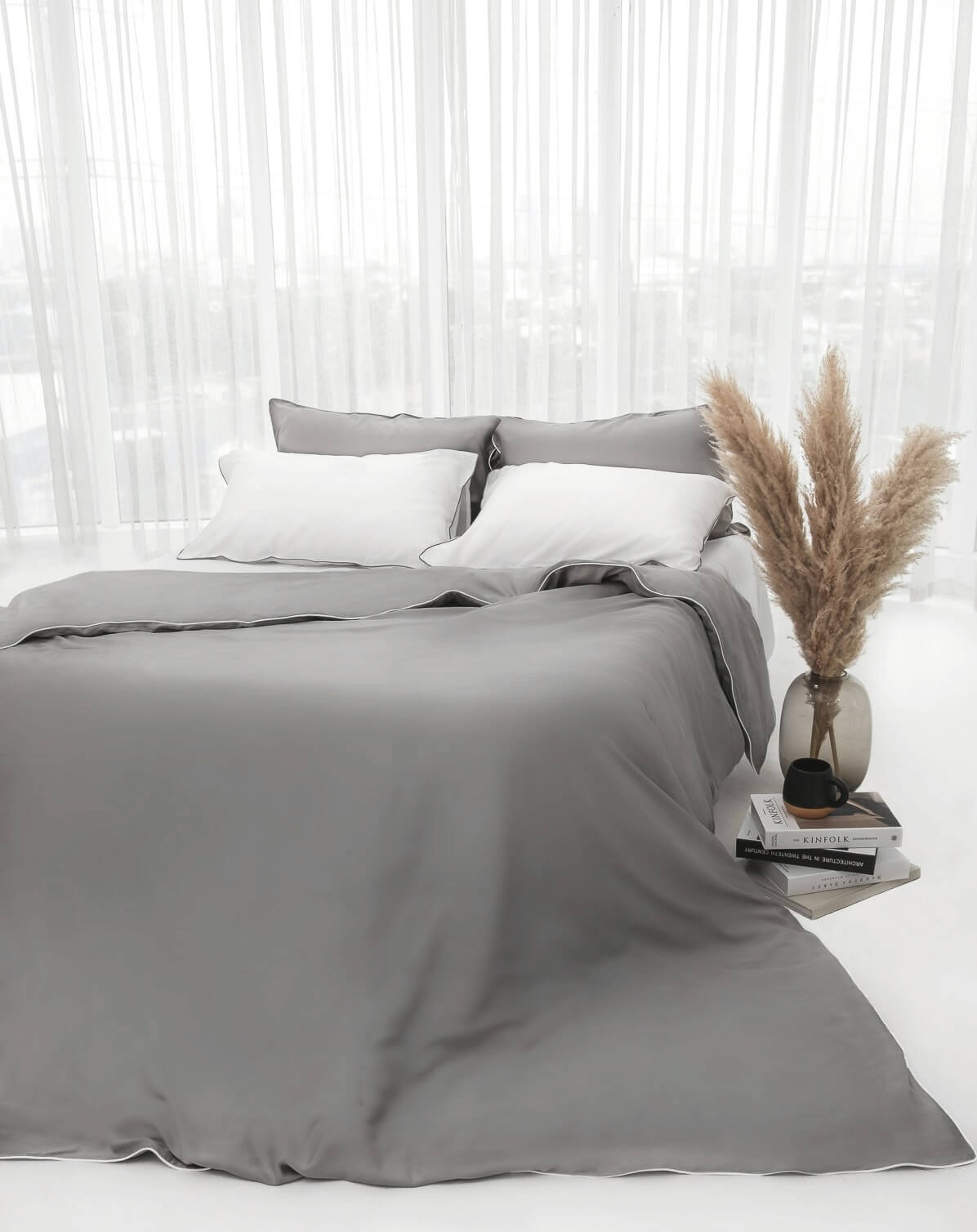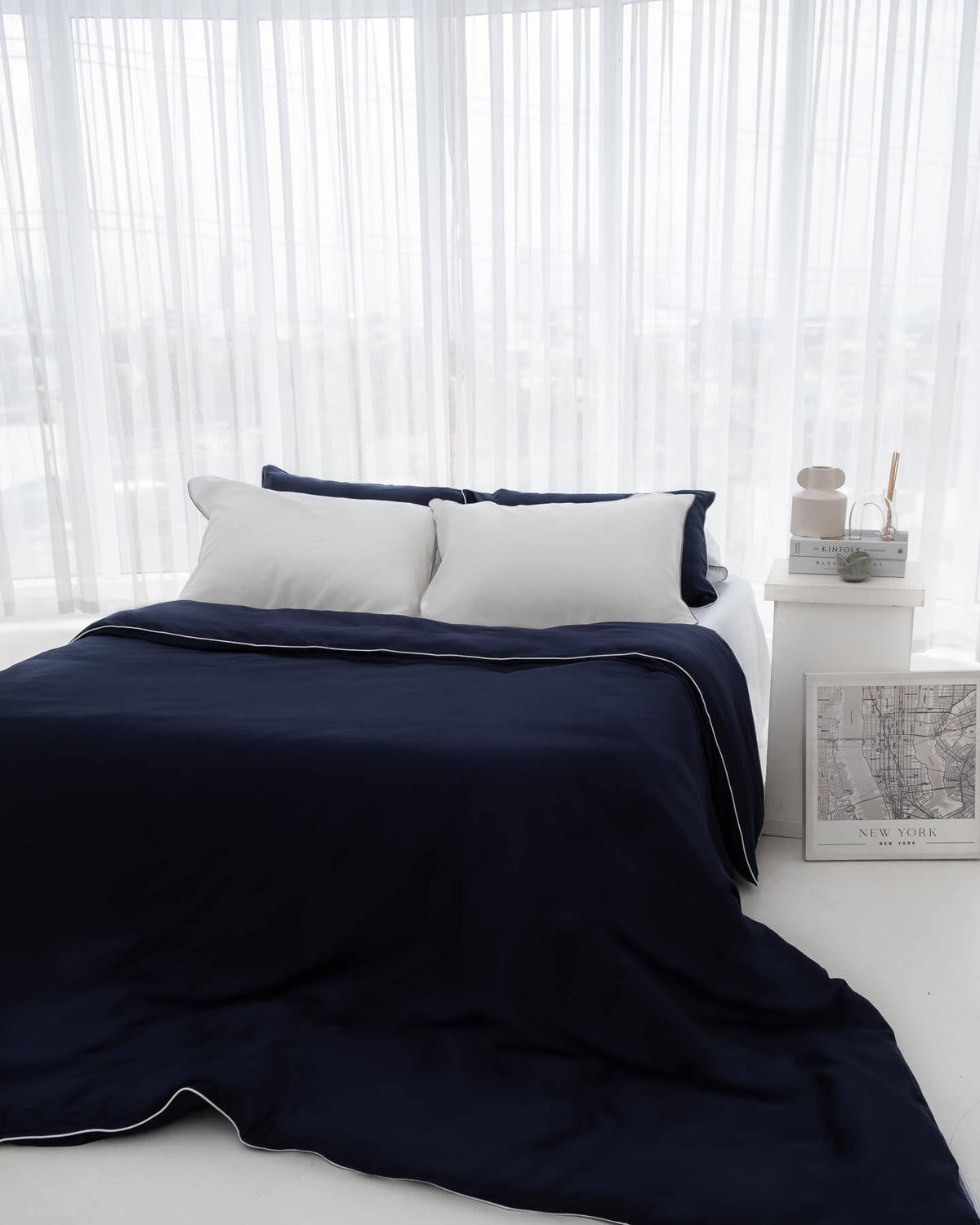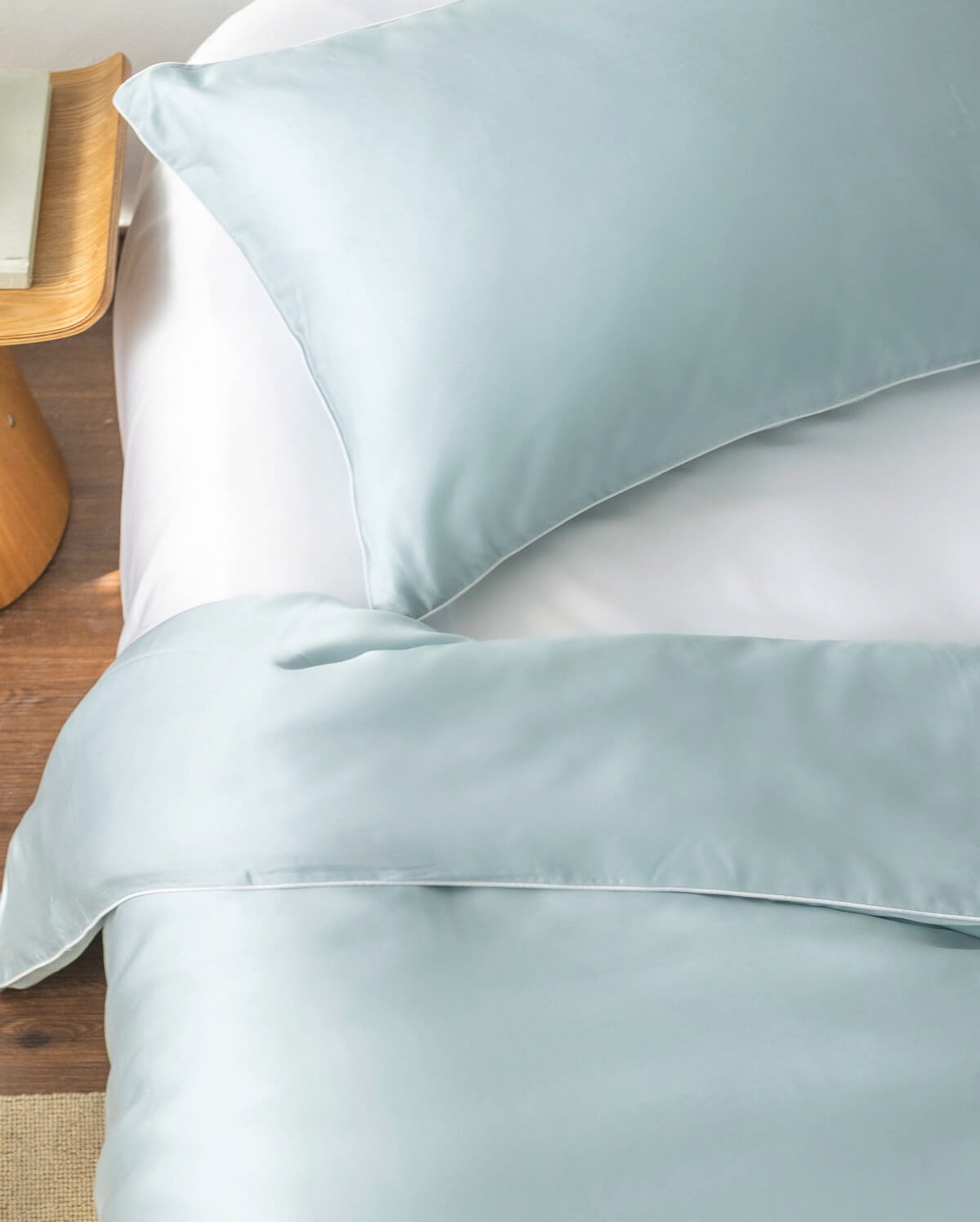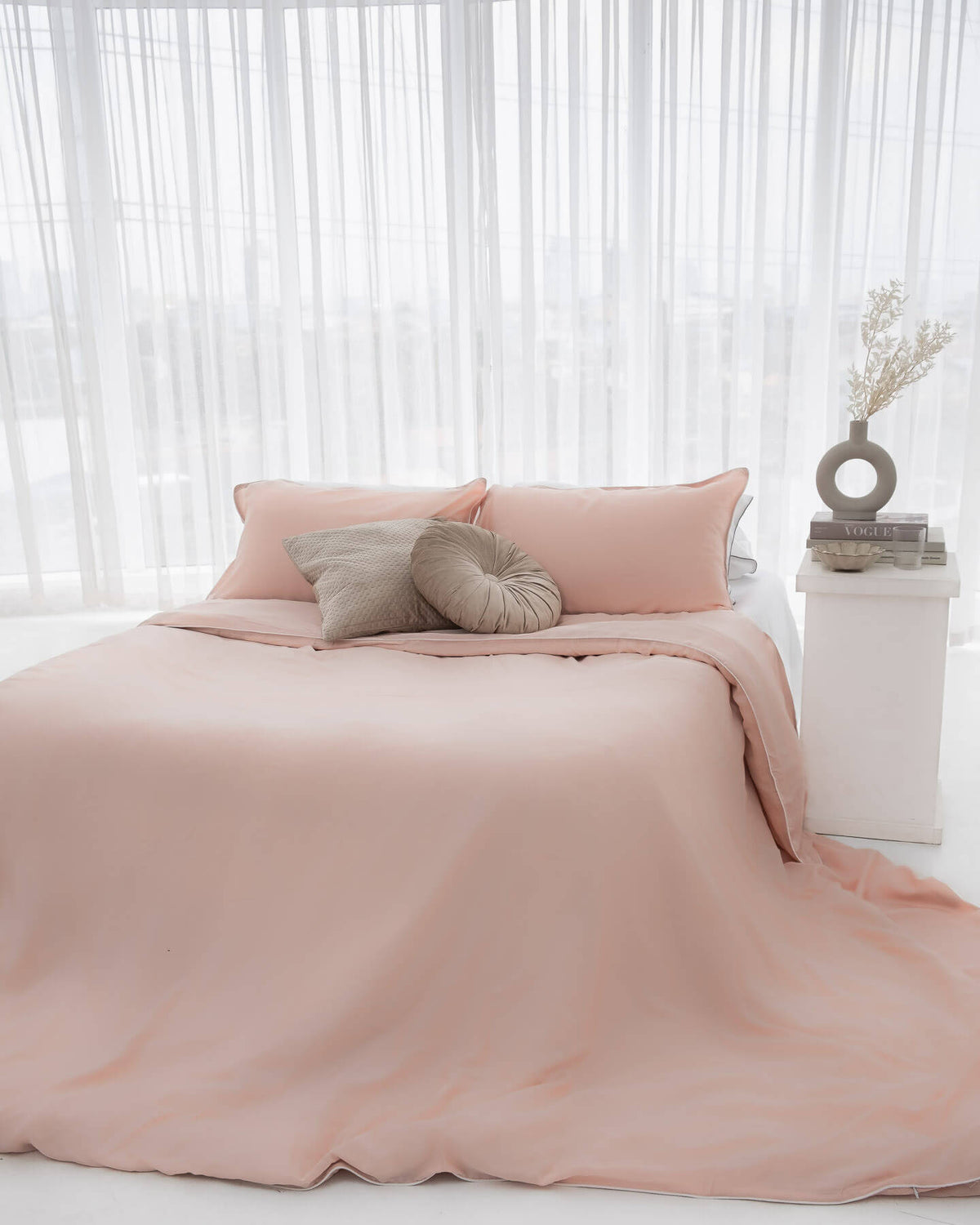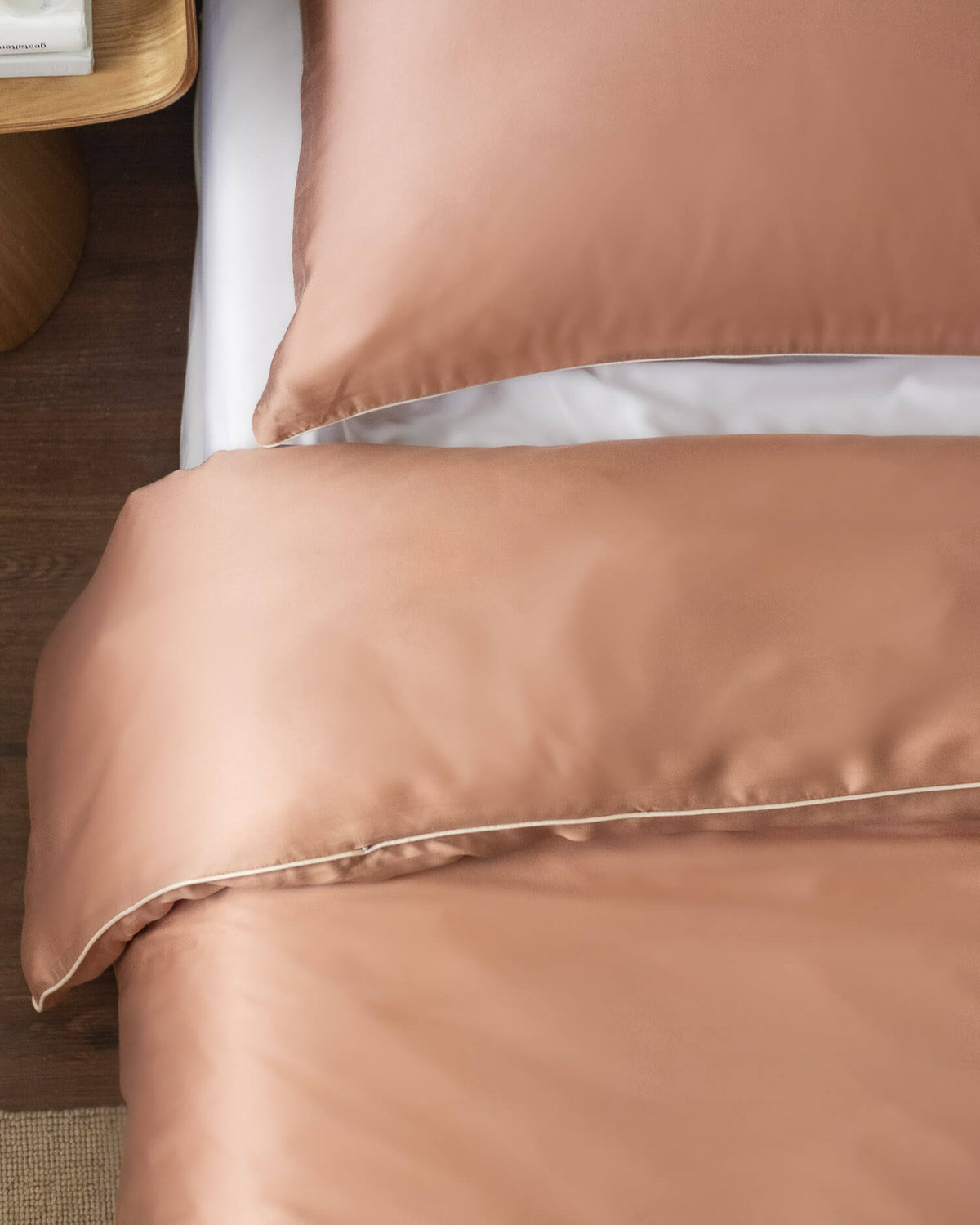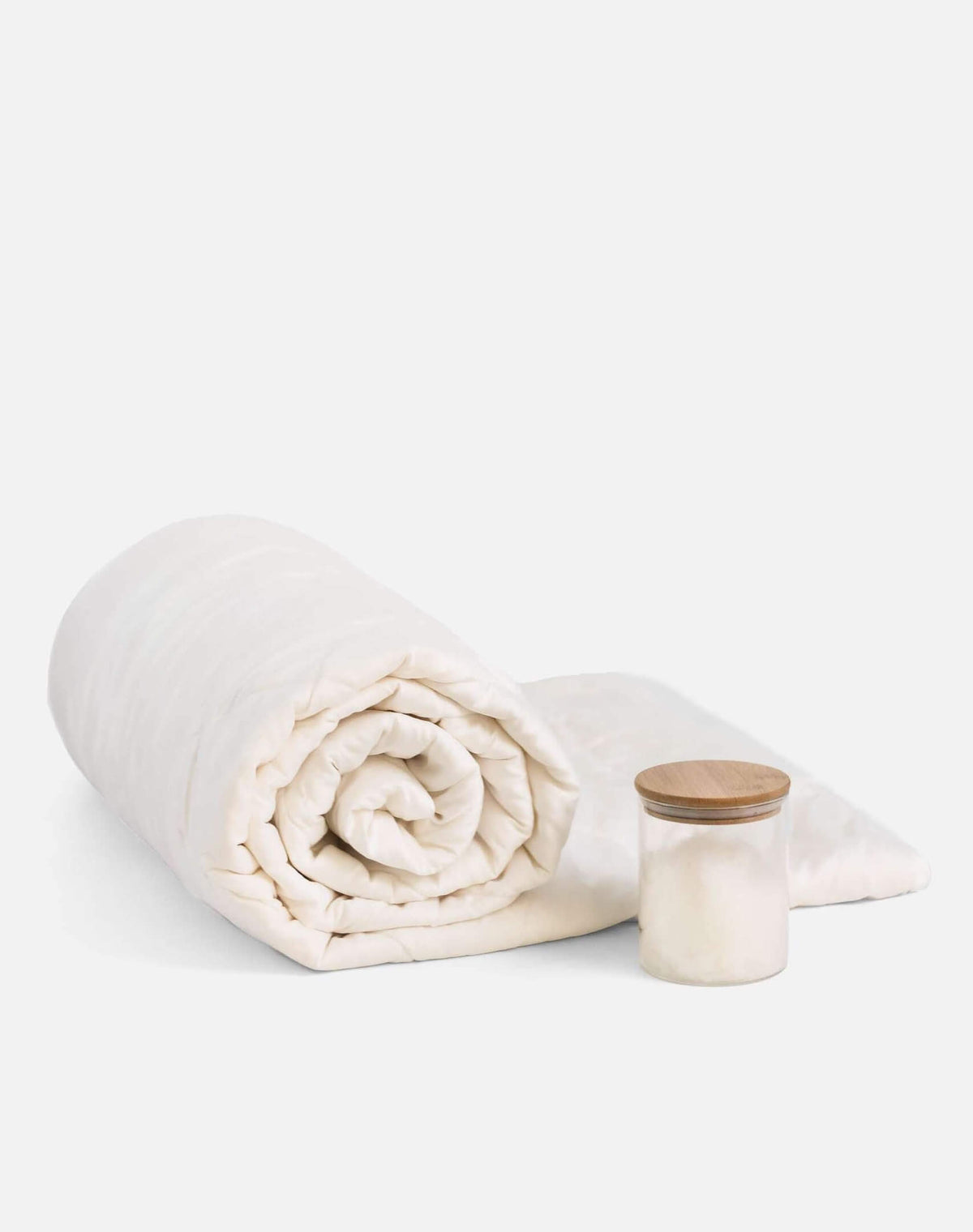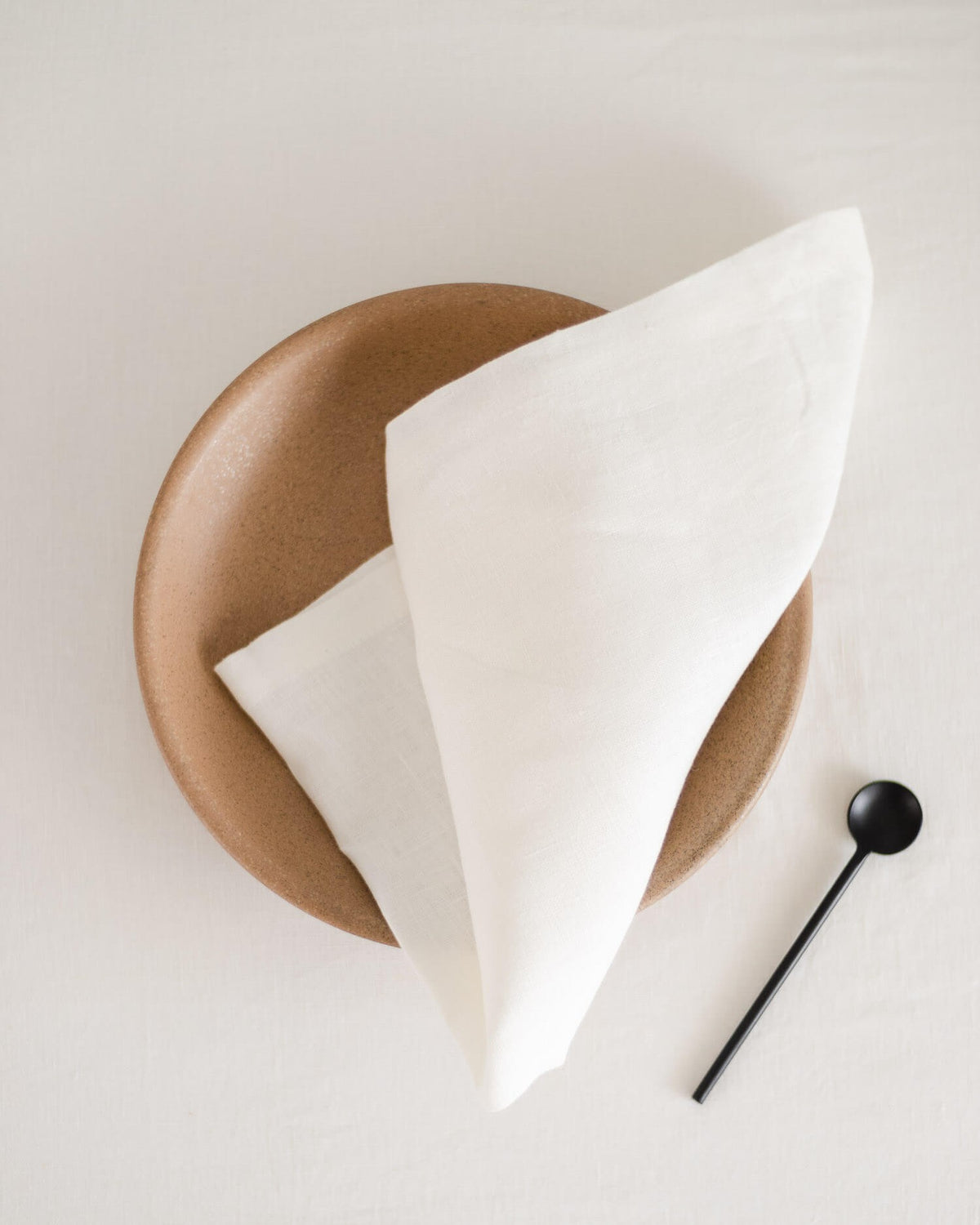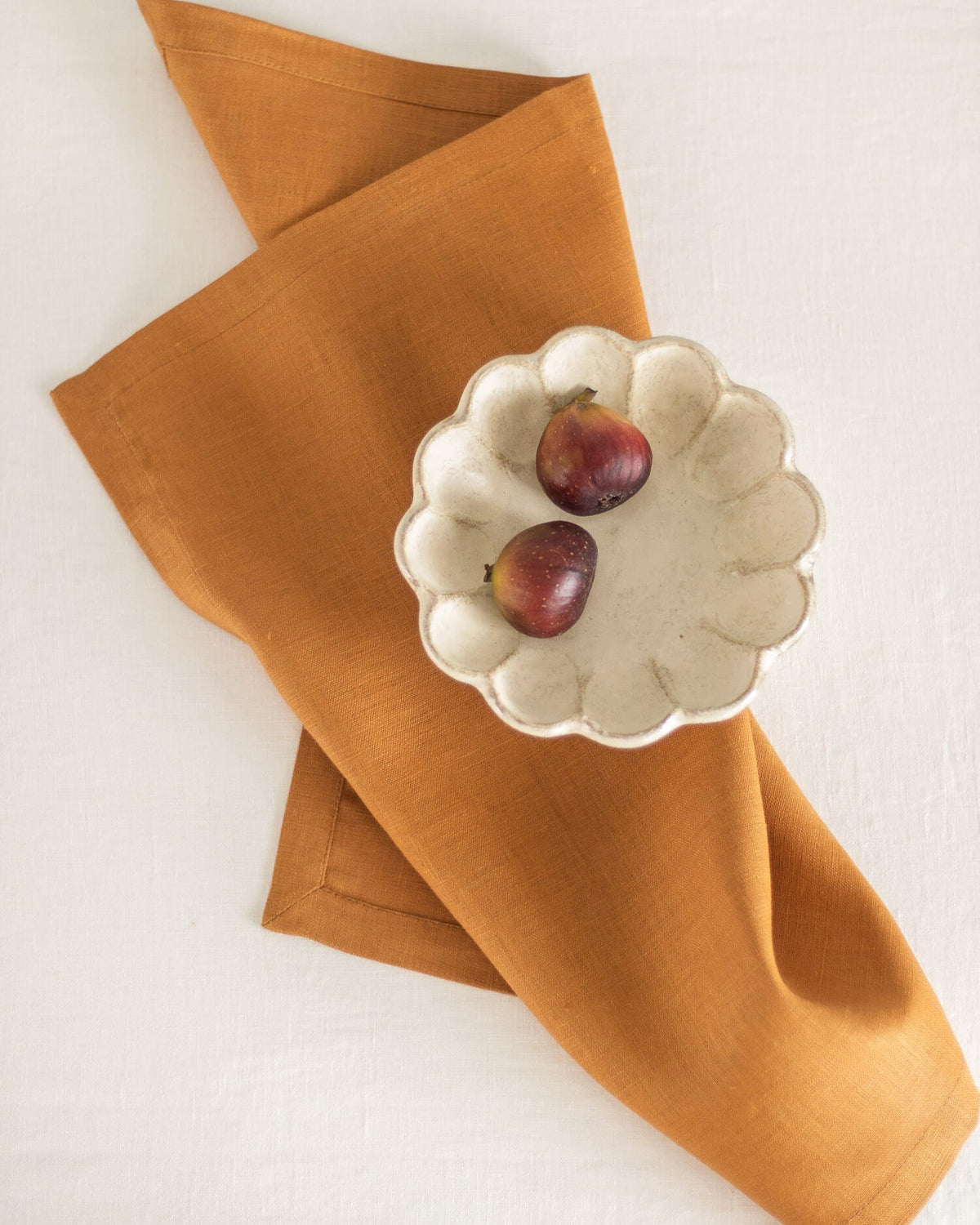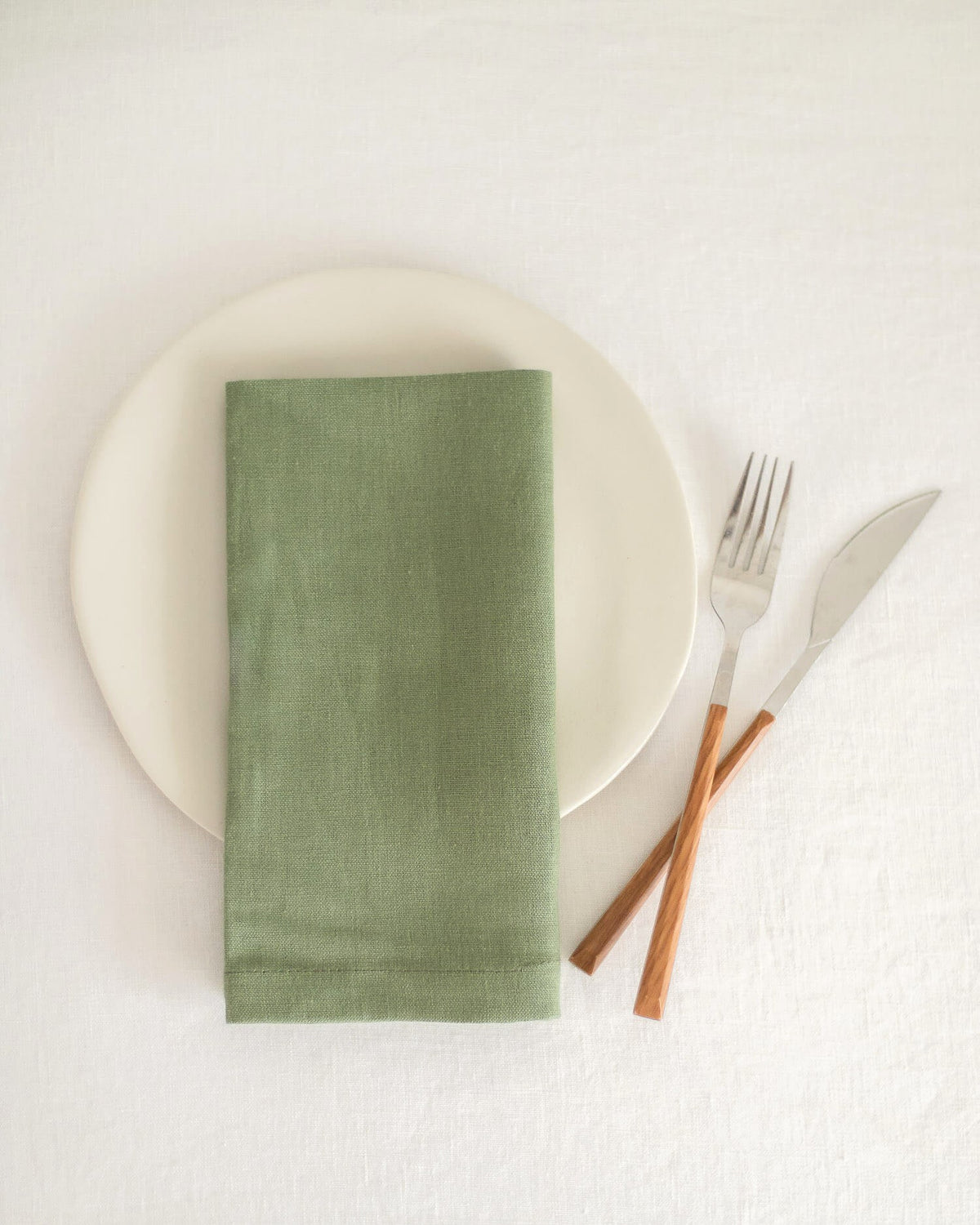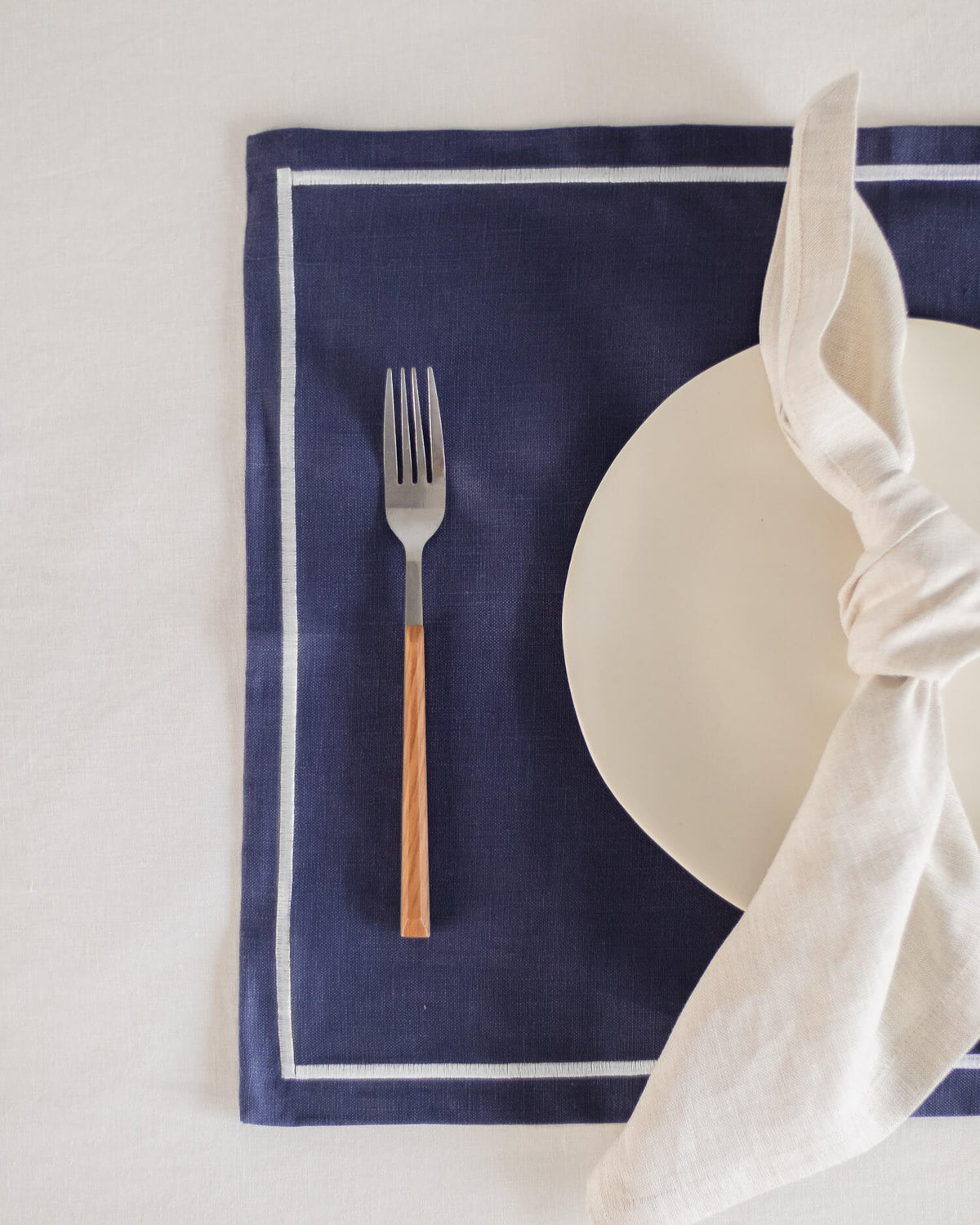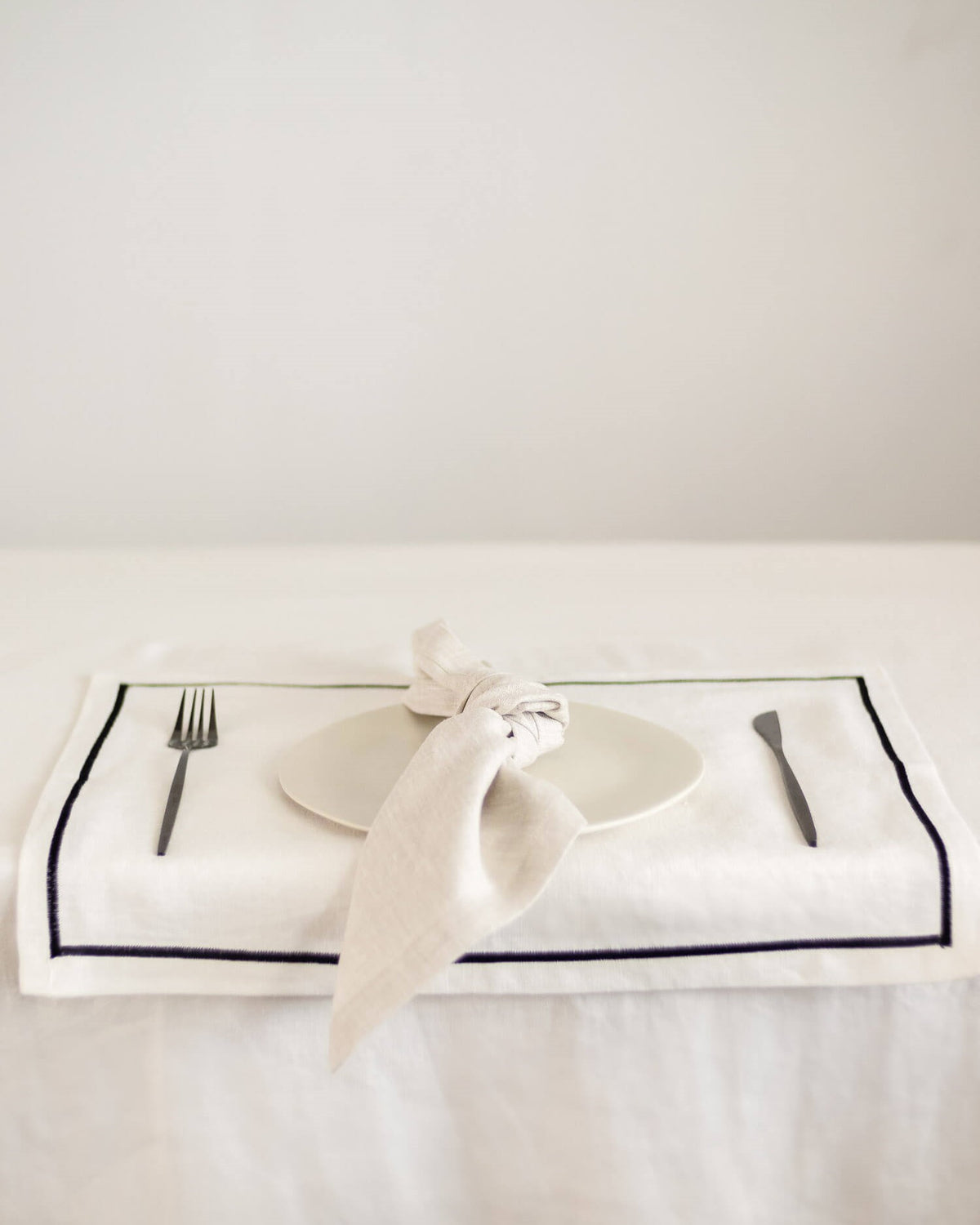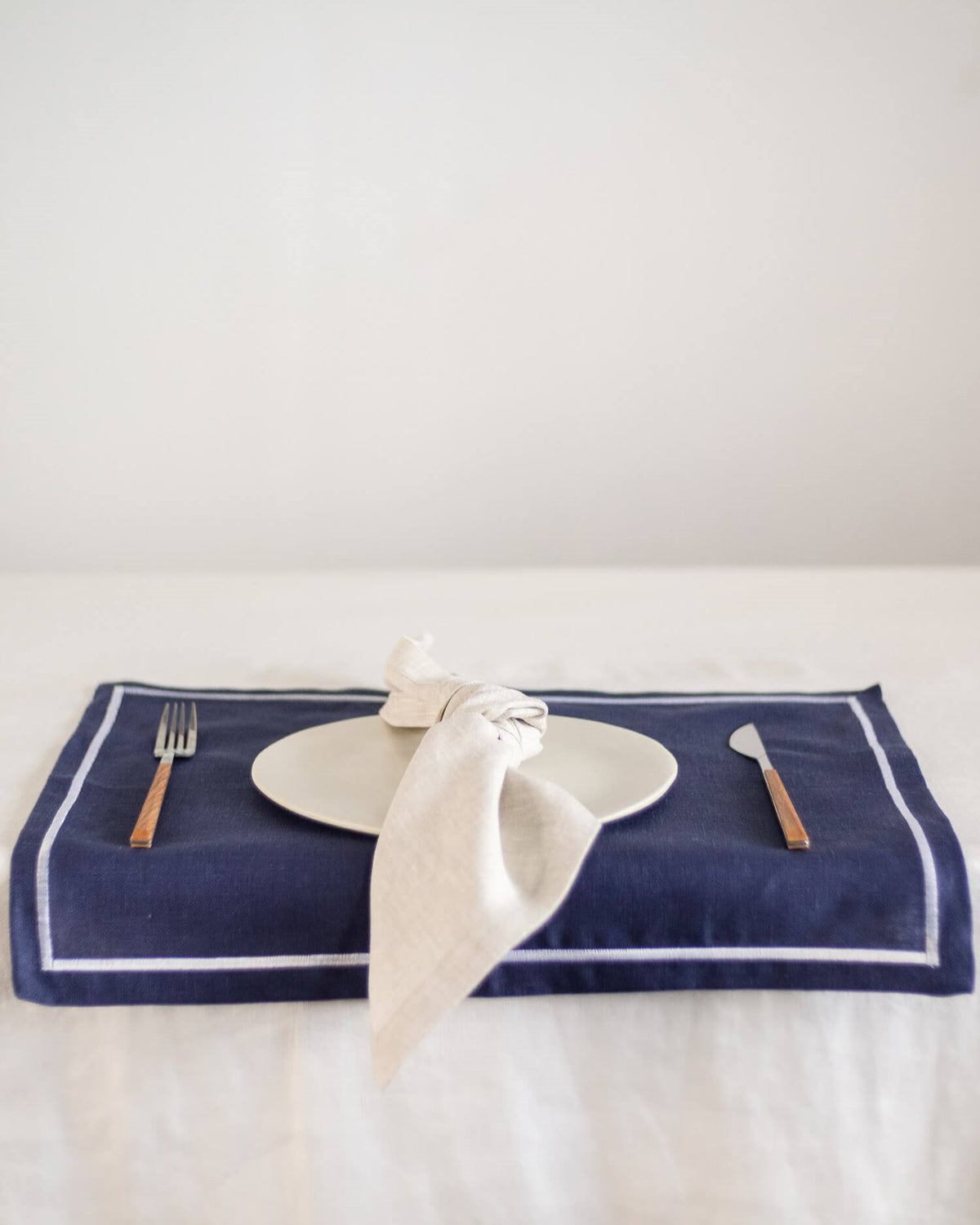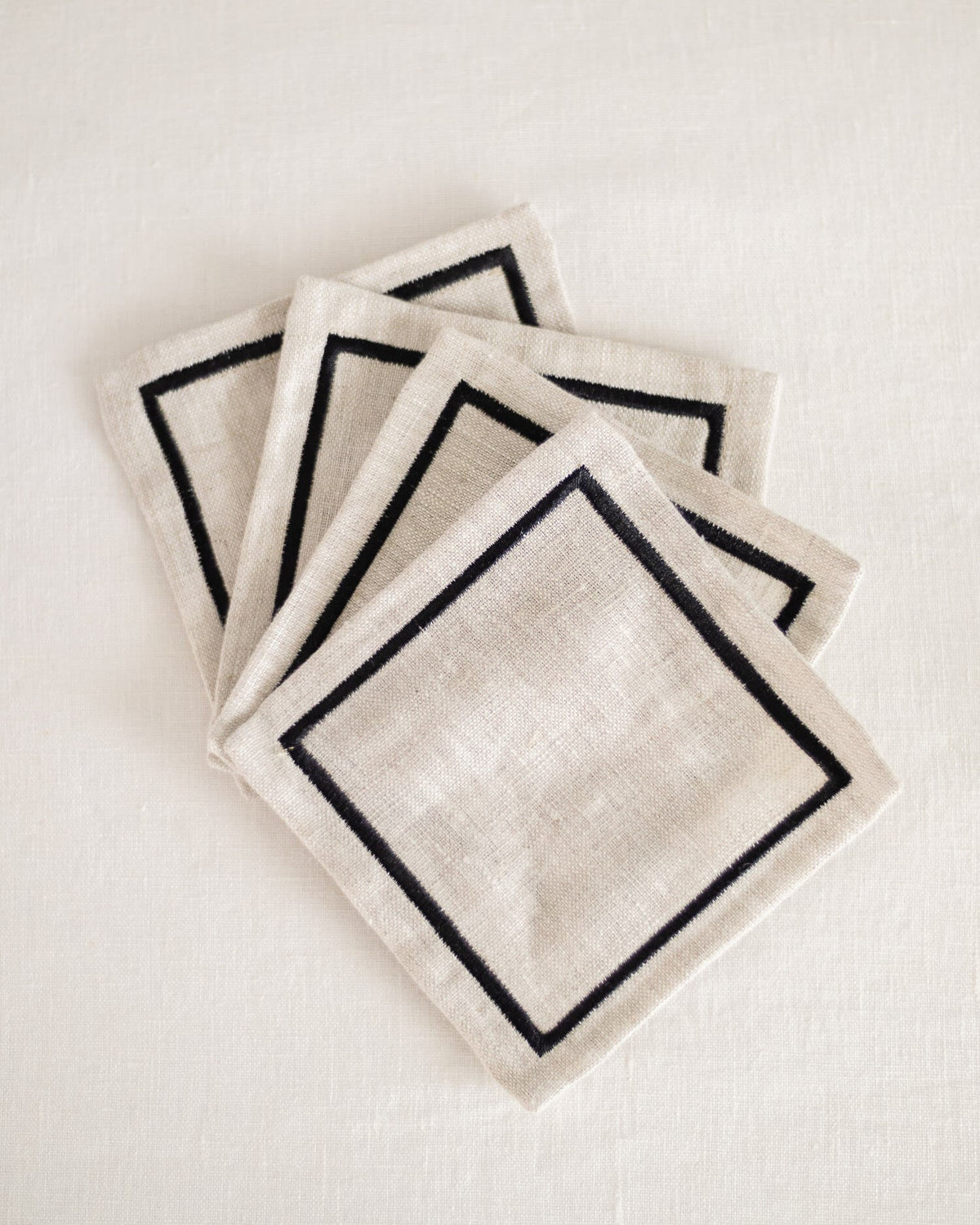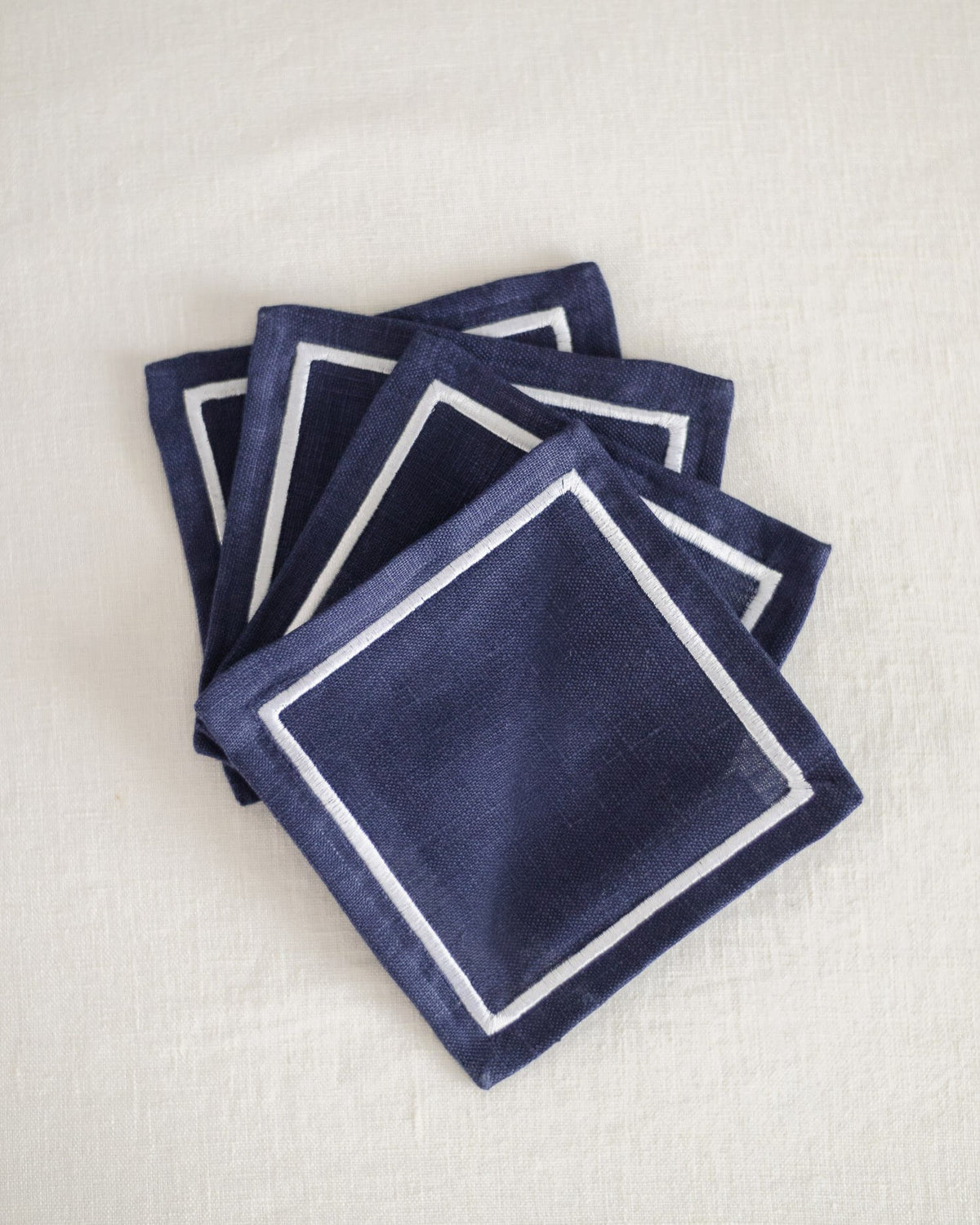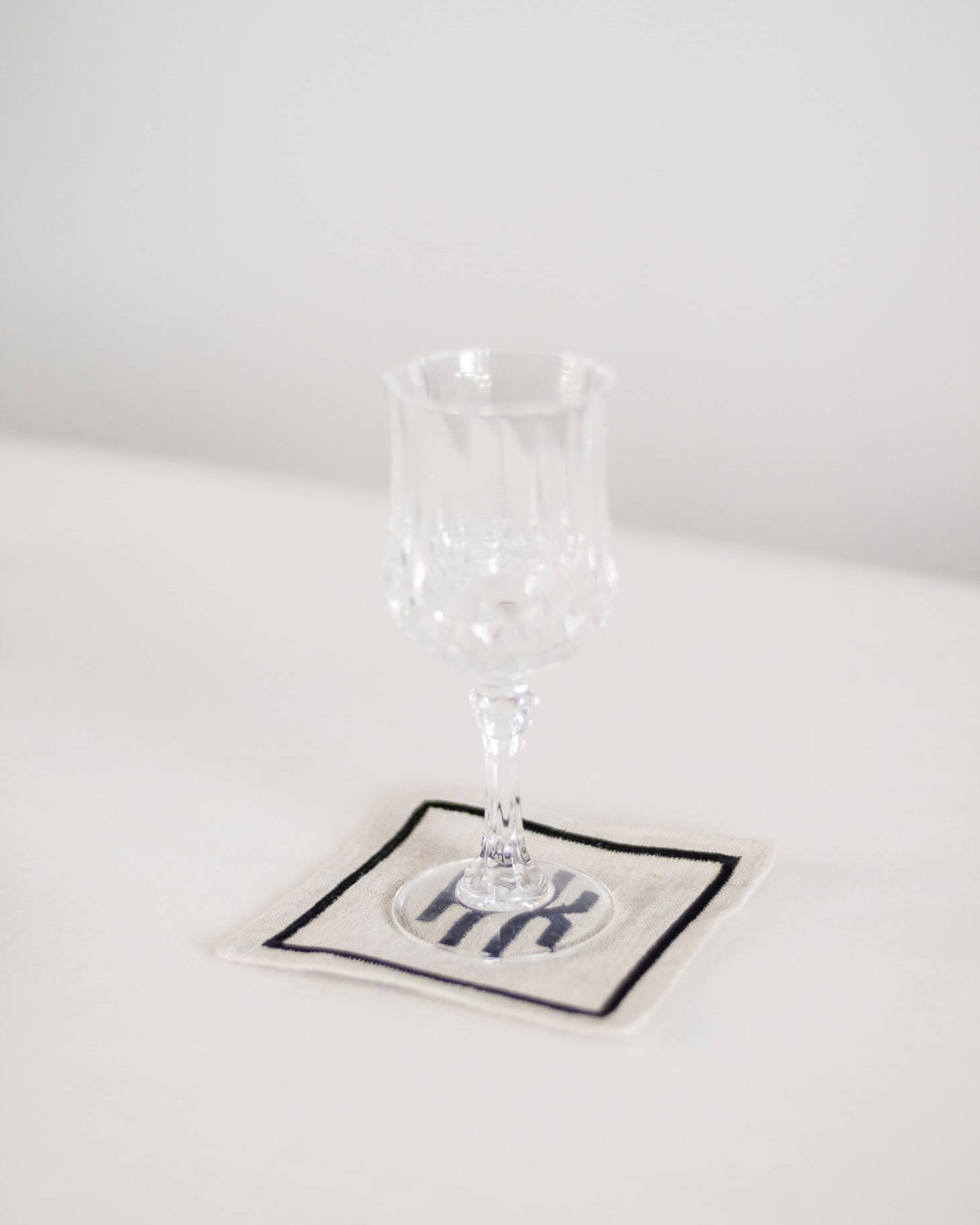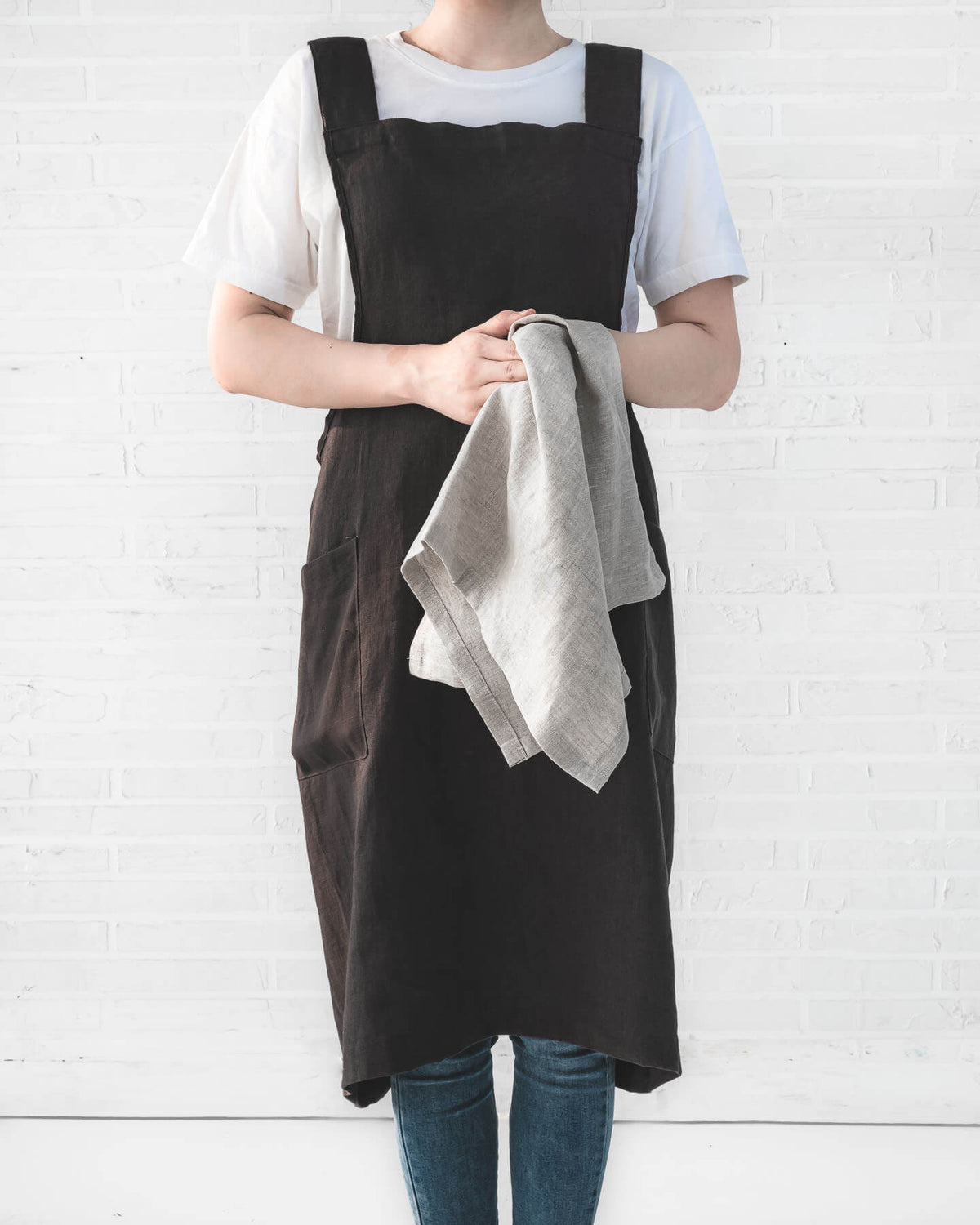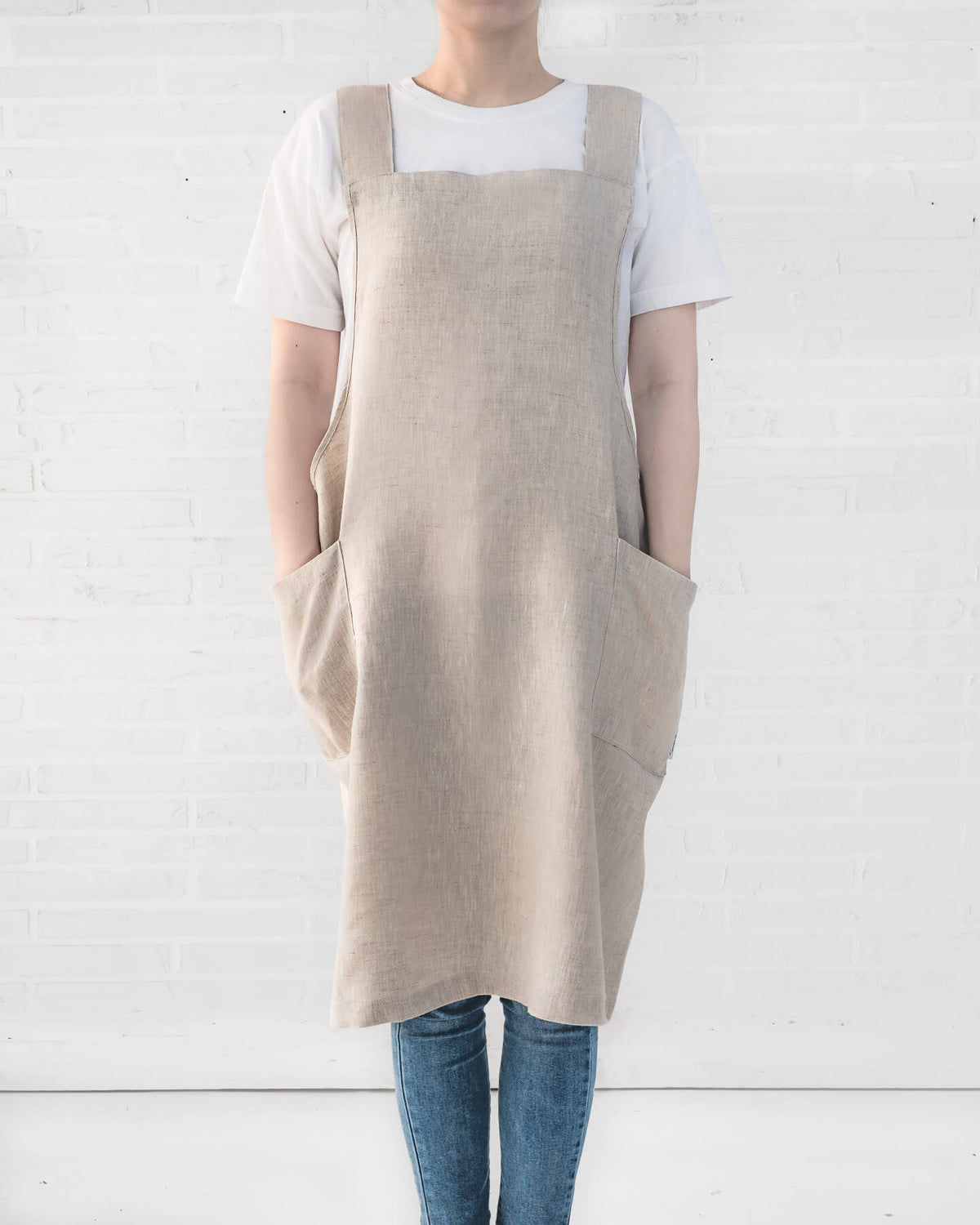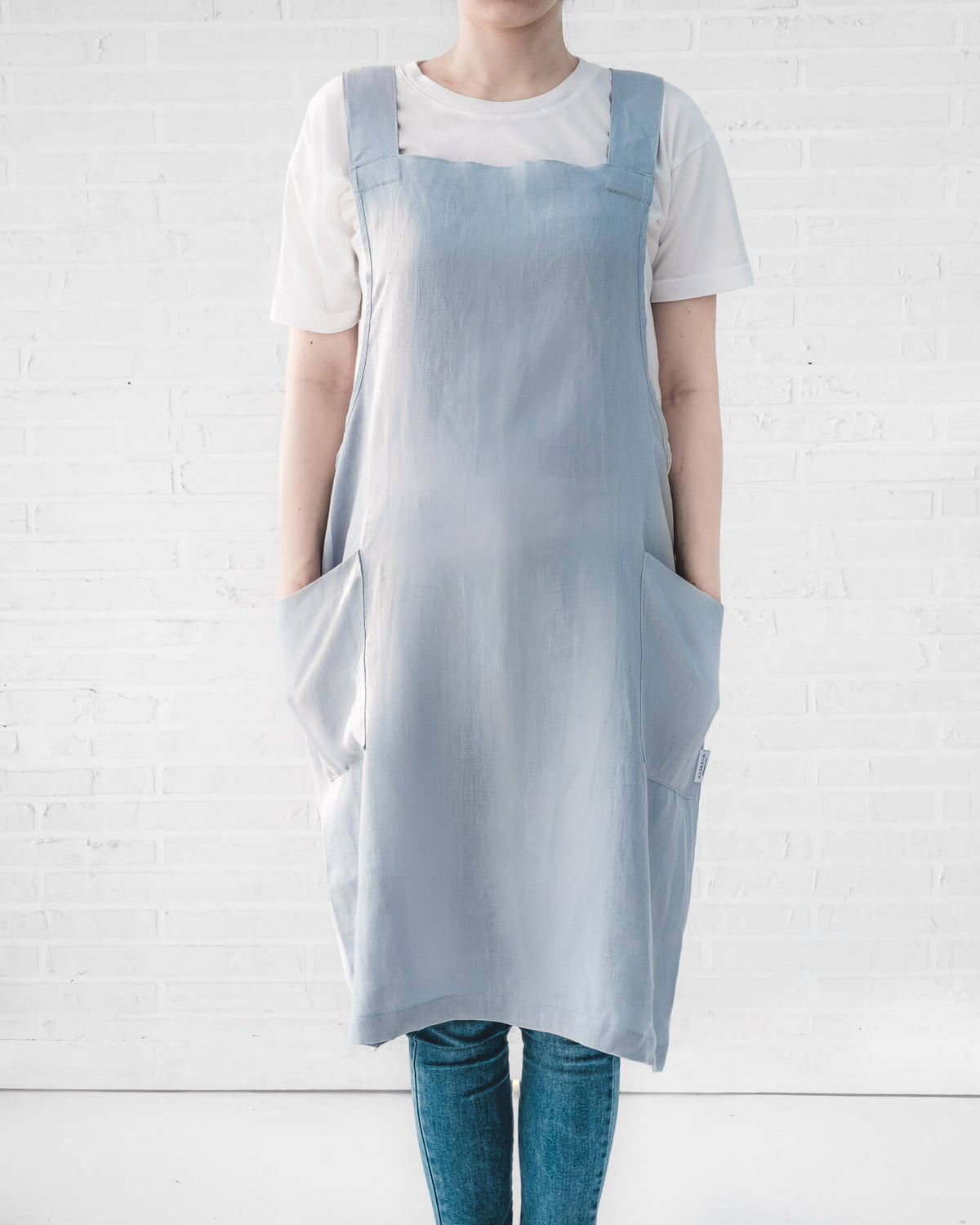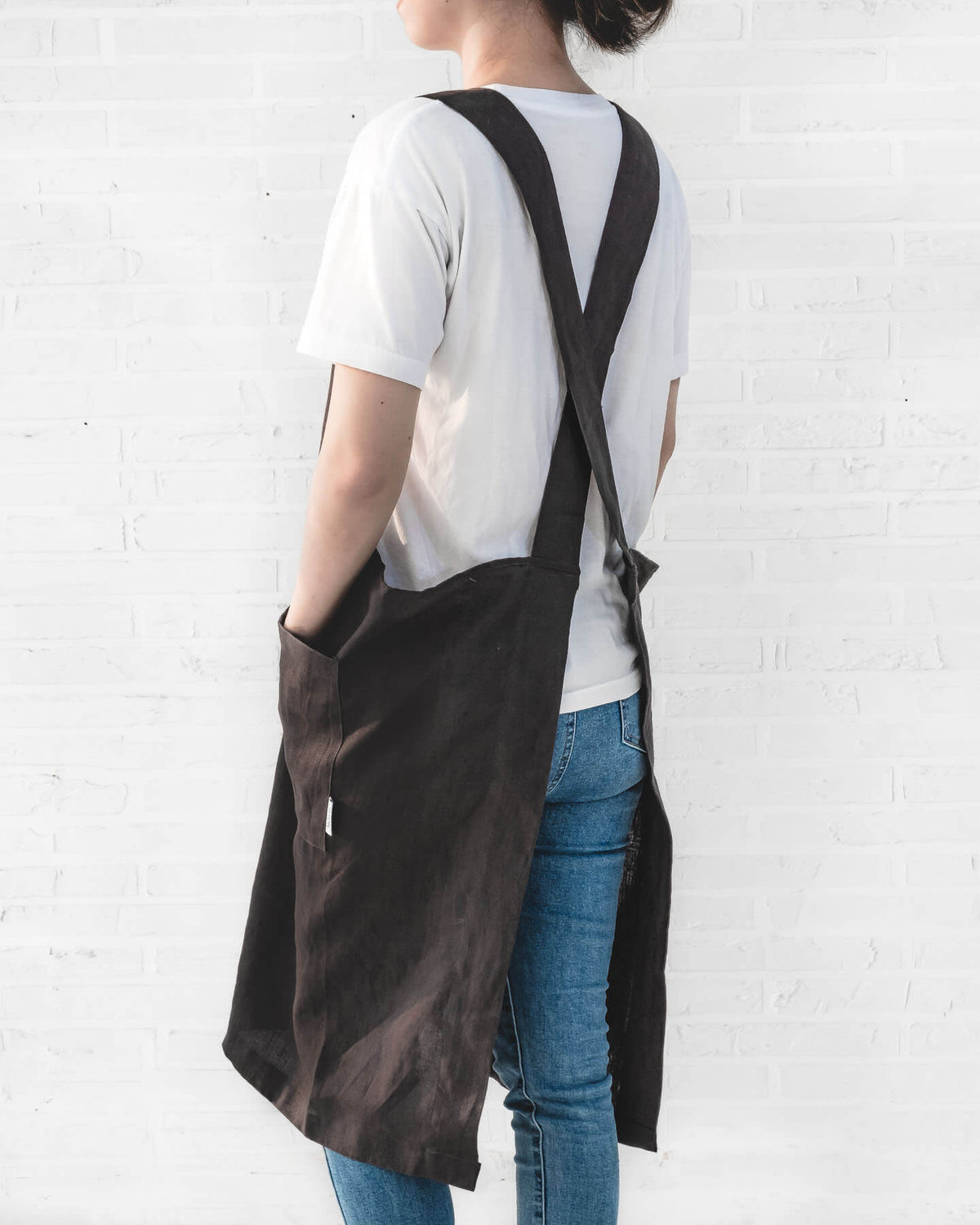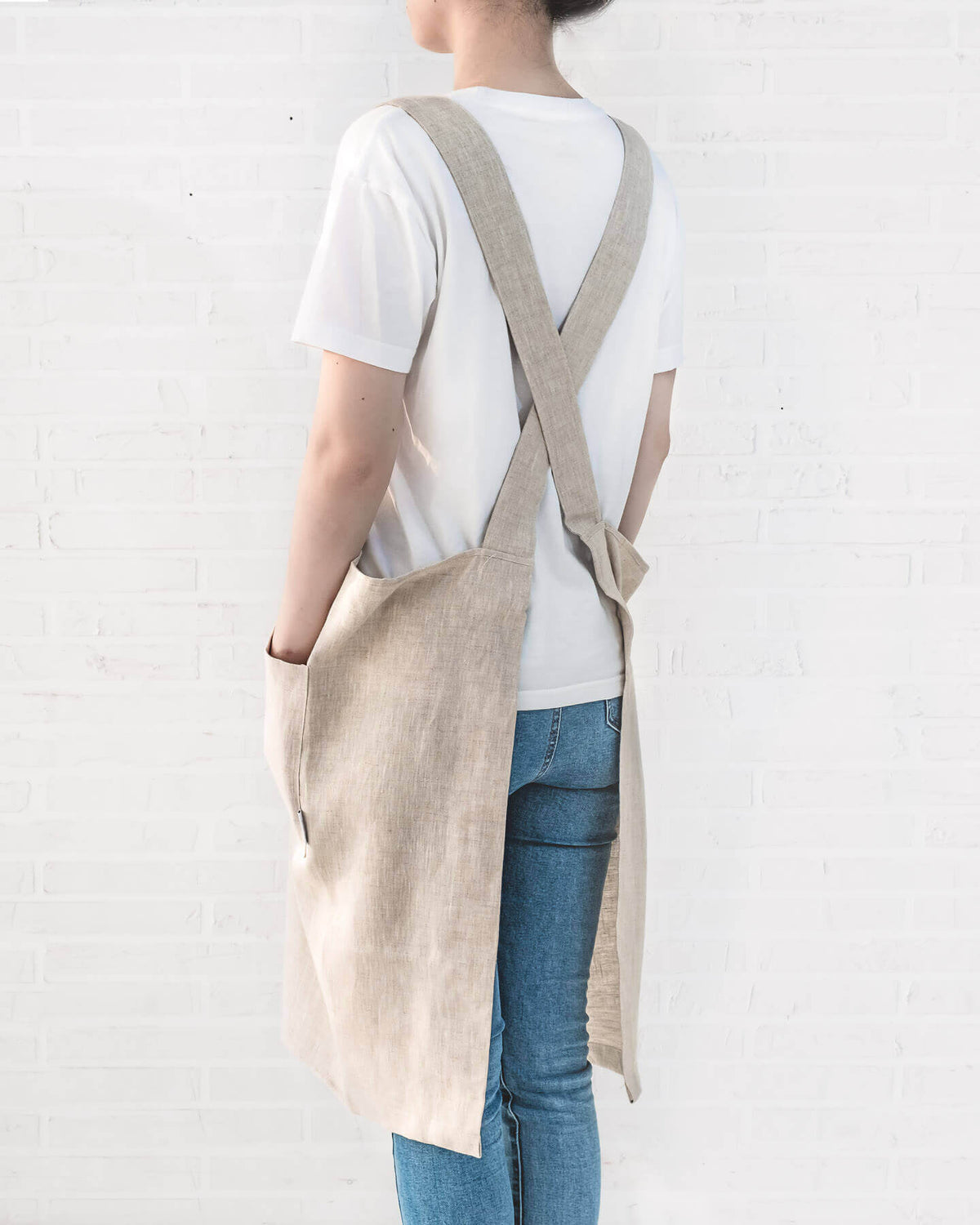1 | Keep it Light-Free
Why?
Our sleep cycle is regulated by our circadian rhythm (our biological clock). It is based on the sun's light- and dark- cycle and takes cue from a number of factors—light exposure (most significant), temperature, and exercise.
Warm, soft light promotes relaxation while natural and artificial blue light boosts alertness and mental sharpness. This is why bedrooms and intimate restaurants are often lit by dim, yellow lights while offices and schools use cool white lights.
“The blue wavelength of light has a significant effect on our natural melatonin by suppressing the release, sometimes by hours, making it much more difficult to transition to sleep when it’s time,” sleep specialist Dr. Holliday-Bell says.
Tips

- Turn on warm, soft lights at night to help you relax and unwind. You can purchase smart light bulbs which can change temperature according to a schedule you set.
- Turn on your phone's Night Shift setting which makes the screen lighting warmer.
- Avoid all electronics an hour before sleeping.
- Use blackout curtains or a sleep mask to block corridor light and morning sun.
- Expose yourself to bright light in the morning (for example, eat your breakfast next to a sunny window). This helps wake you up and shift sleep time earlier, so you will tend to get sleepy and fall asleep earlier in the evening and wake up earlier in the morning.
2 | Keep it Cool (Just Enough)
Why?
Ever experienced waking up with beads of sweat or feeling sticky? Excess heat can affect your sleep quality and cause you to wake up in the middle of the night.
Turning the thermostat down may also help with temperature regulation and signal your body that it’s time for bed. Due to our circadian rhythm (body clock), our body experiences a slight dip (~2°C) in core temperature at night, coinciding with the release of melatonin.

For infants and older adults, keeping the sleep space neither too hot nor too cold is important because they cannot regulate temperature as well—meaning they overheat, experience hot flashes and get chilly easily. They generally sleep with slightly warmer temperatures (17 to 20 °C). However, avoid overheating as this increases the risk of sudden infant death syndrome (SIDS).

“Sleeping on the warmer end of the ideal sleep temperature scale is more conducive for those with smaller bodies that are still developing,” says Dr. Michelle Drerup, PsyD.
Best way to check if baby's overheating: Put your hand on the skin on their chest or the back of their neck. Don’t use their hands or feet as a guide as they will always feel cooler than the rest of their body. An overheating baby's skin will feel hot, slightly clammy or sweaty.
Tips
- Close the blinds during the day to reduce heat build-up especially in the summer.
- Take a warm bath an hour or two before bedtime for a natural cool-down effect.
- Use AC, a ceiling fan or both. Using fans can lower the temperature by 4 degrees further as they circulate cold air better and reduce humidity. This warrants you to lower the AC setting—save electricity!
- Keep the bedroom well-ventilated. In mild climates, natural ventilation alone can improve sleep quality. People also tend to sleep better in bedrooms with fresh air.
- Try breathable fabrics like Bamboo Lyocell for bedding and pajamas—much more breathable than cotton and has thermoregulating properties, so it adjust to your body for the perfect temperature year-round. Avoid synthetic fabric like satin and polyester as these trap heat.
3 | Keep it Comfy
Why?
There's a reason luxury hotel beds are so inviting—they don't skimp on bedding. Because few things make you fall asleep faster than buttery soft linens!
Tips

- Invest in comfortable bed coverings and a good-quality mattress
-
Thread count isn't everything.
- While higher thread counts generally feel softer, it should be within reasonable range. Sky high thread counts (>500TC) are usually made of thin coarse fibers or two layers woven together (since there's a limit to how many threads you can fit in 1 square inch).
- Also, “thread counts that are too high can actually make you hot," Dr. Holliday-Bell points out.
- Other factors such as the weave and type of fabric also come into play in making sheets soft. Sateen weaves are softer and smoother than percale which adds to the luxurious feel.
Did you know Bamboo Lyocell marries the best of cotton & linen? At 300TC, Bamboo Lyocell achieves the buttery soft finish of high-TC cotton while being light, breathable & thermoregulating as linen.
4 | Keep it clutter- & work-free
Why?
Messy bedrooms can trigger feelings of alertness and anxiety, so Salma Patel, M.D., a sleep medicine specialist at the University of Arizona College of Medicine recommends keeping your sleep space as clean and organized as possible. Piles of laundry, visible to-do lists and other clutter—"all remind you of work that needs to be done, which can make it harder to fall asleep.”
“The idea is to feel relieved and pleased to get to go to bed, and being reminded of daytime activities while you’re in your bedroom can make it harder to get into sleep mode.” Dr. Janet Kennedy, Ph.D., a clinical psychologist and founder of NYC Sleep Doctor.
Tips

- Keep work out of the bedroom (or maintain a boundary if you're working from home).
- Declutter routinely. Start by clearing all surfaces of decorative items, then only add back pieces that have a specific function or purpose.
- Try the 5-minute habit wherein you set a 5-minute timer and do as much as you can:
- Keep only what’s essential for sleep on your nightstand: water, glasses, a book or two.
- Remove décor, art, or photos that aren't relaxing.
- Toss dirty clothes in the hamper.
- Throw out papers, wrappers, old receipts, expired meds and makeup.
- Write tomorrow's to-do list before bedtime to rid yourself of mental clutter.
-

